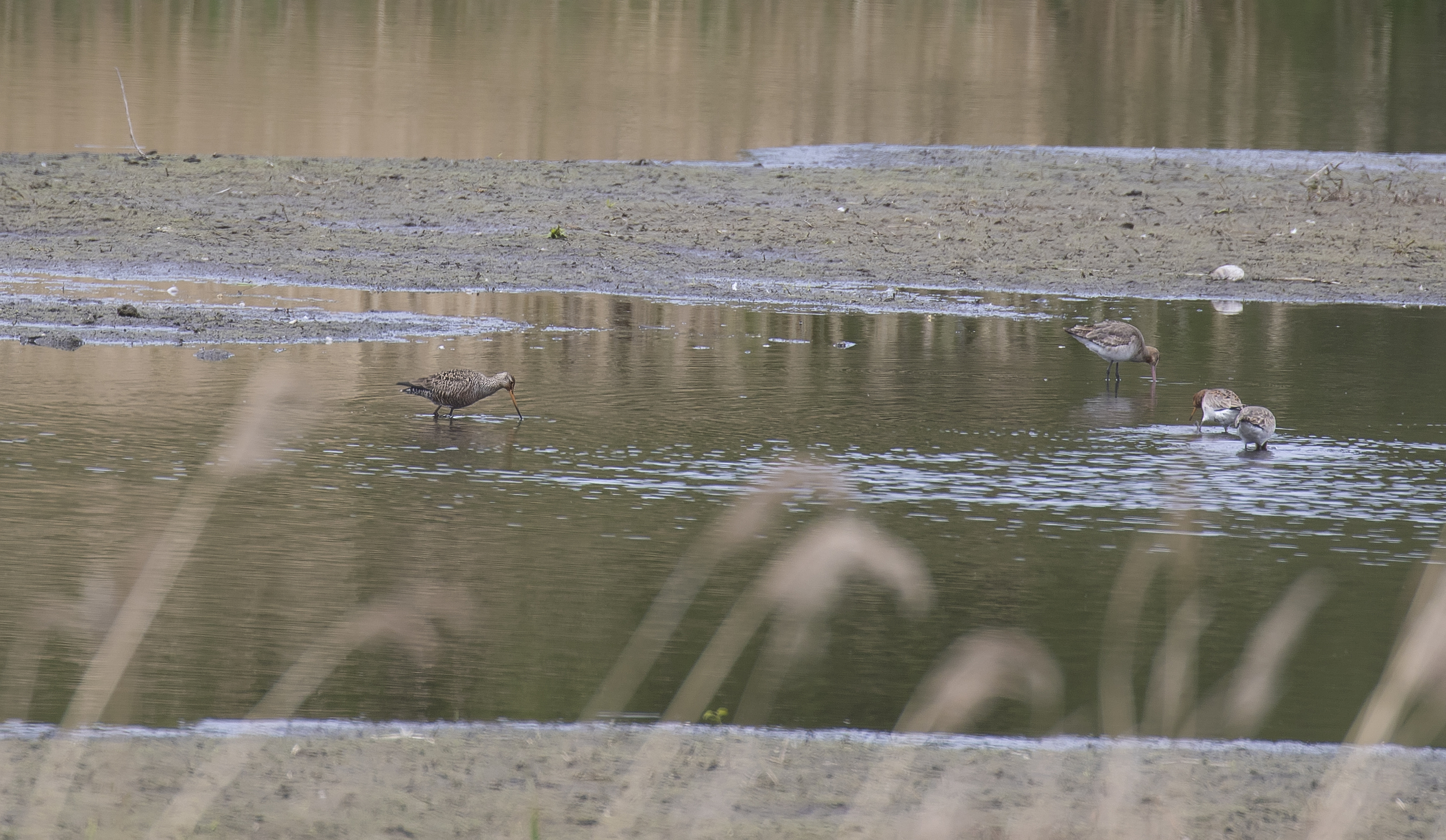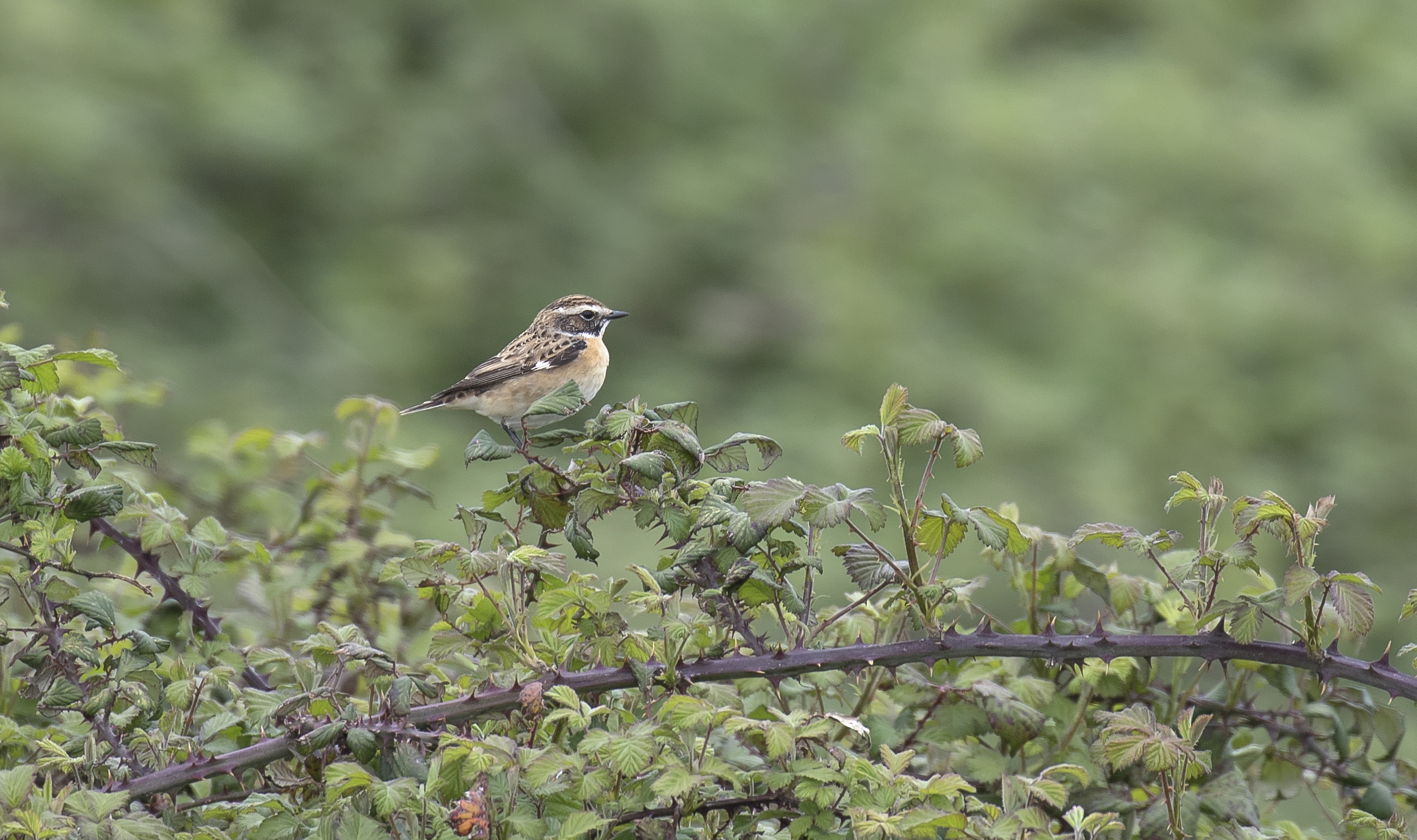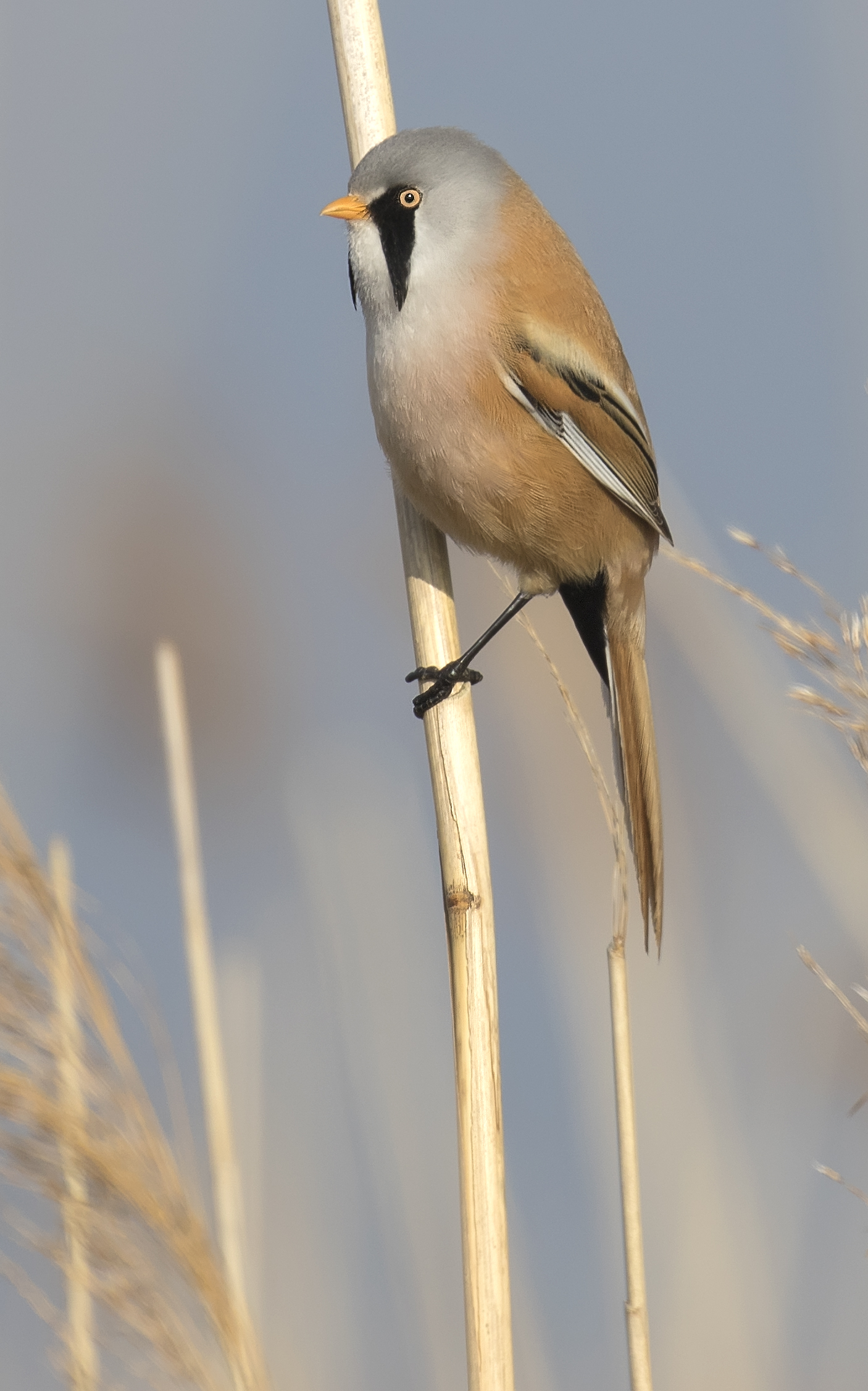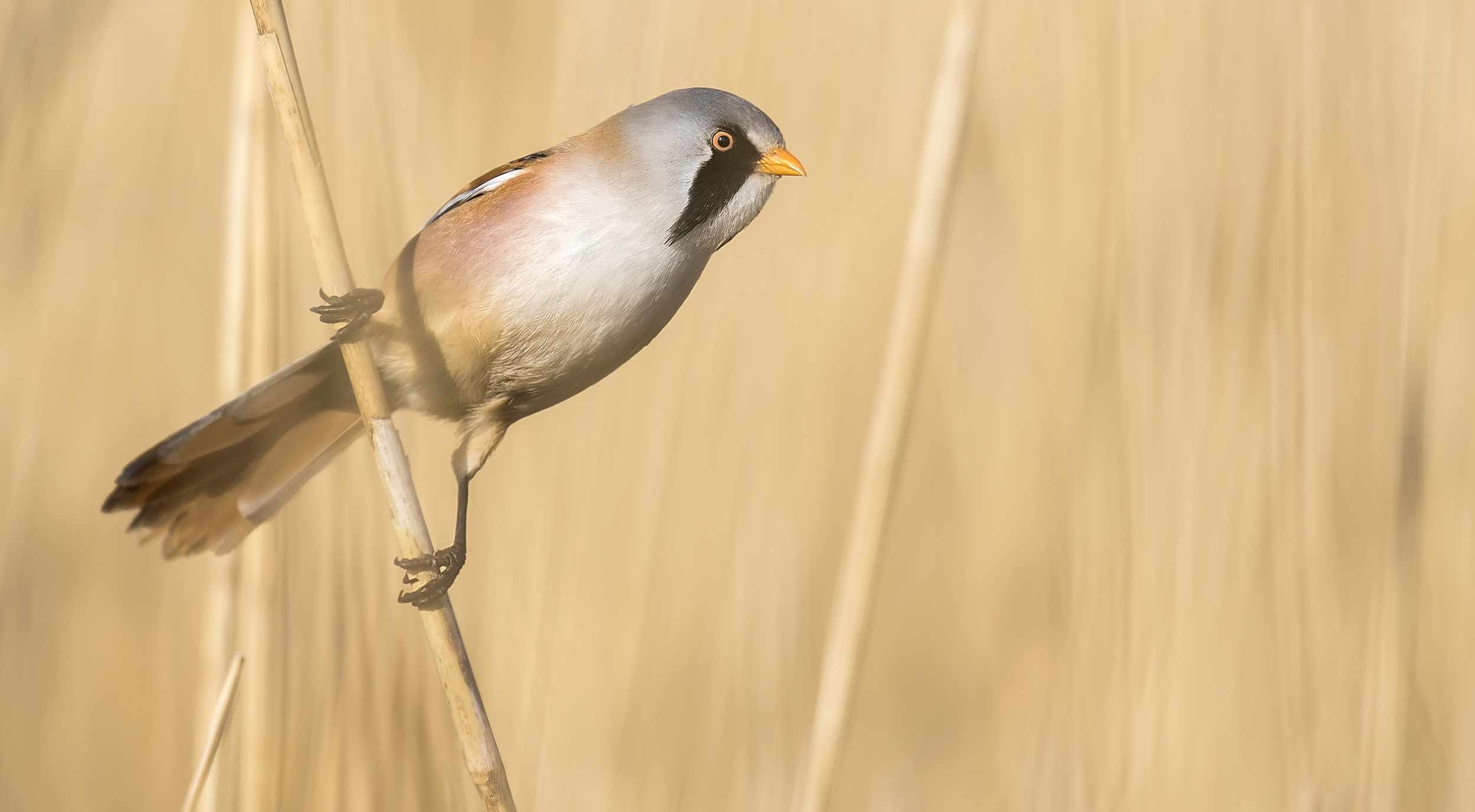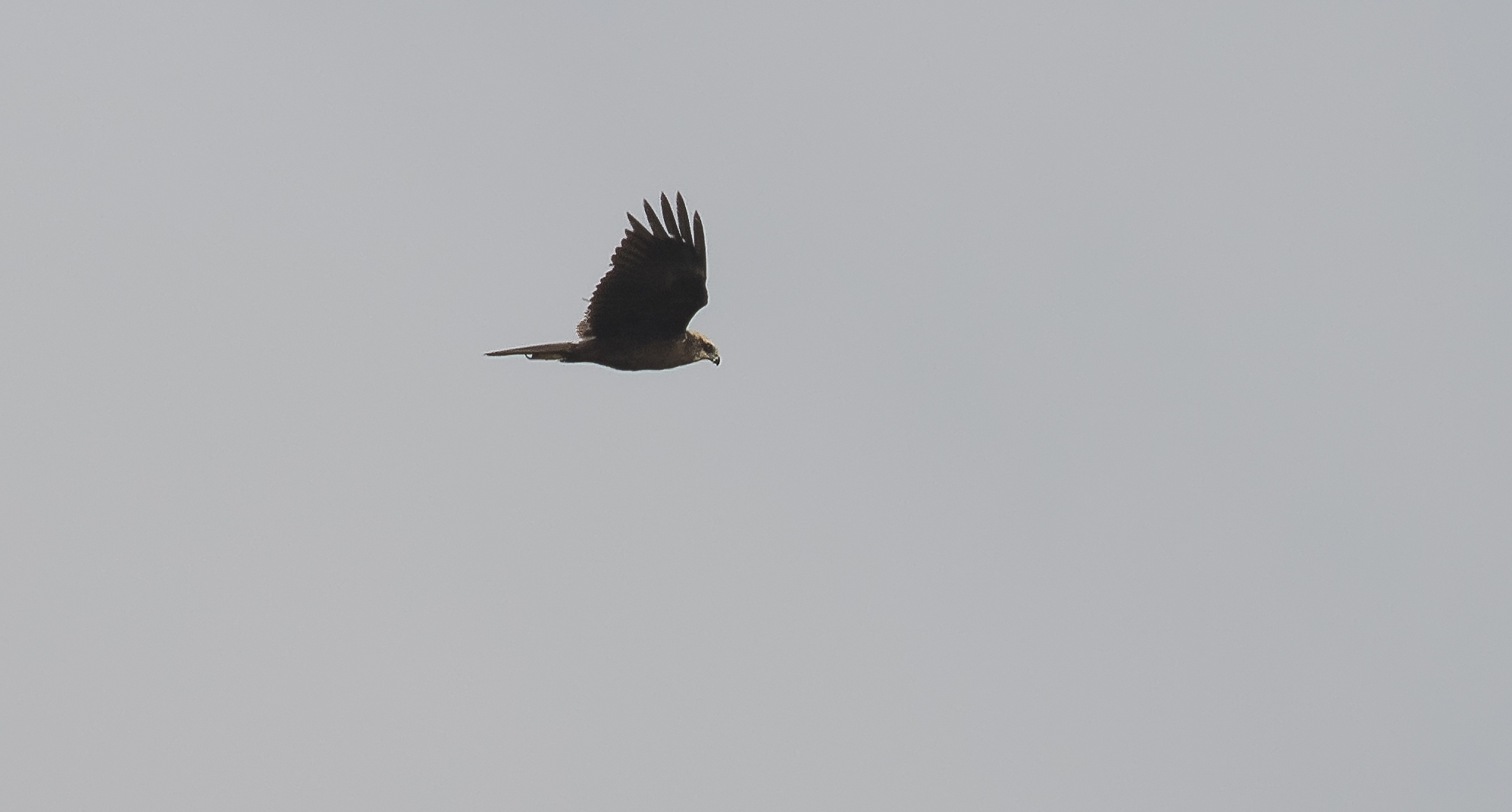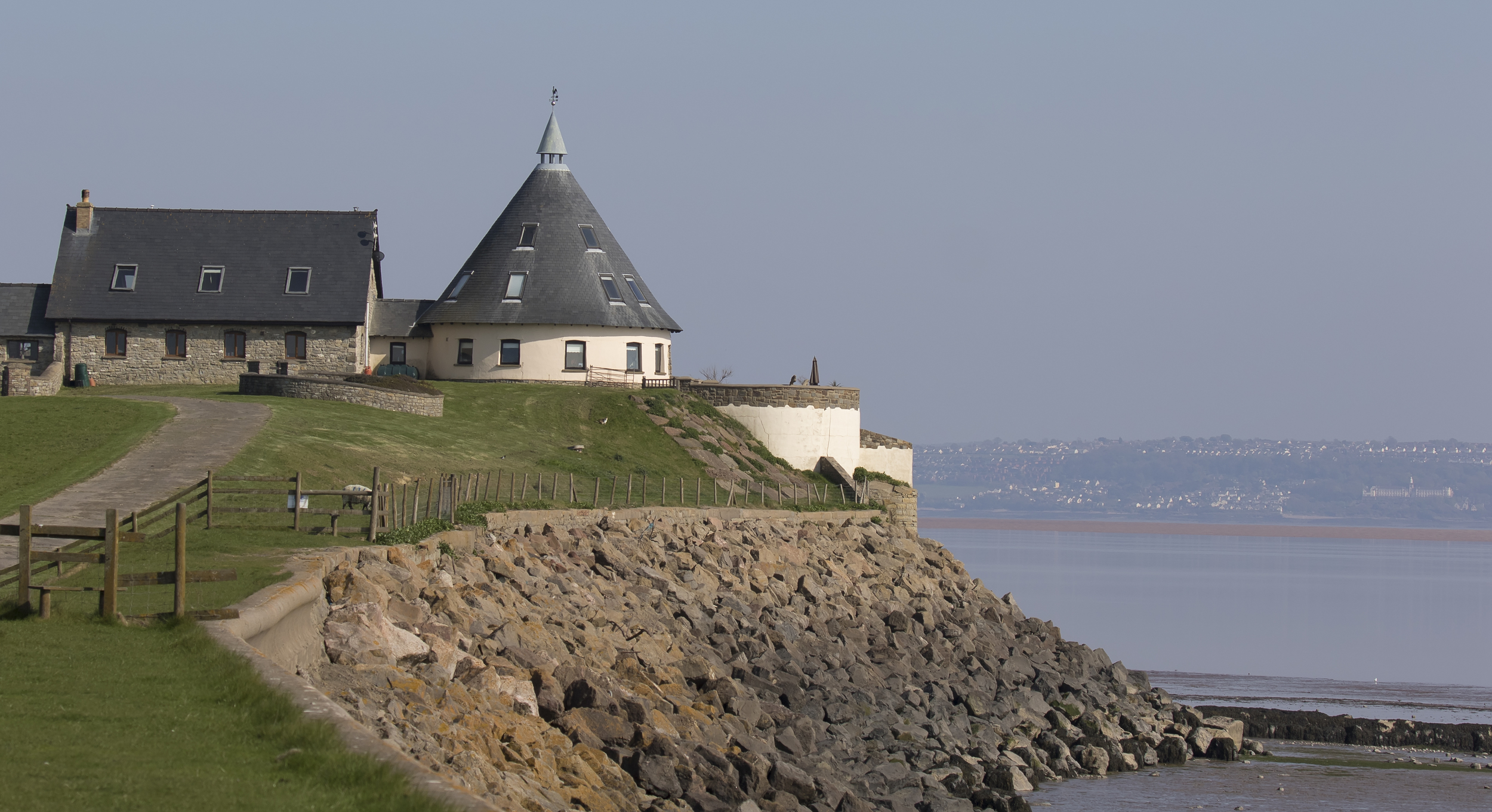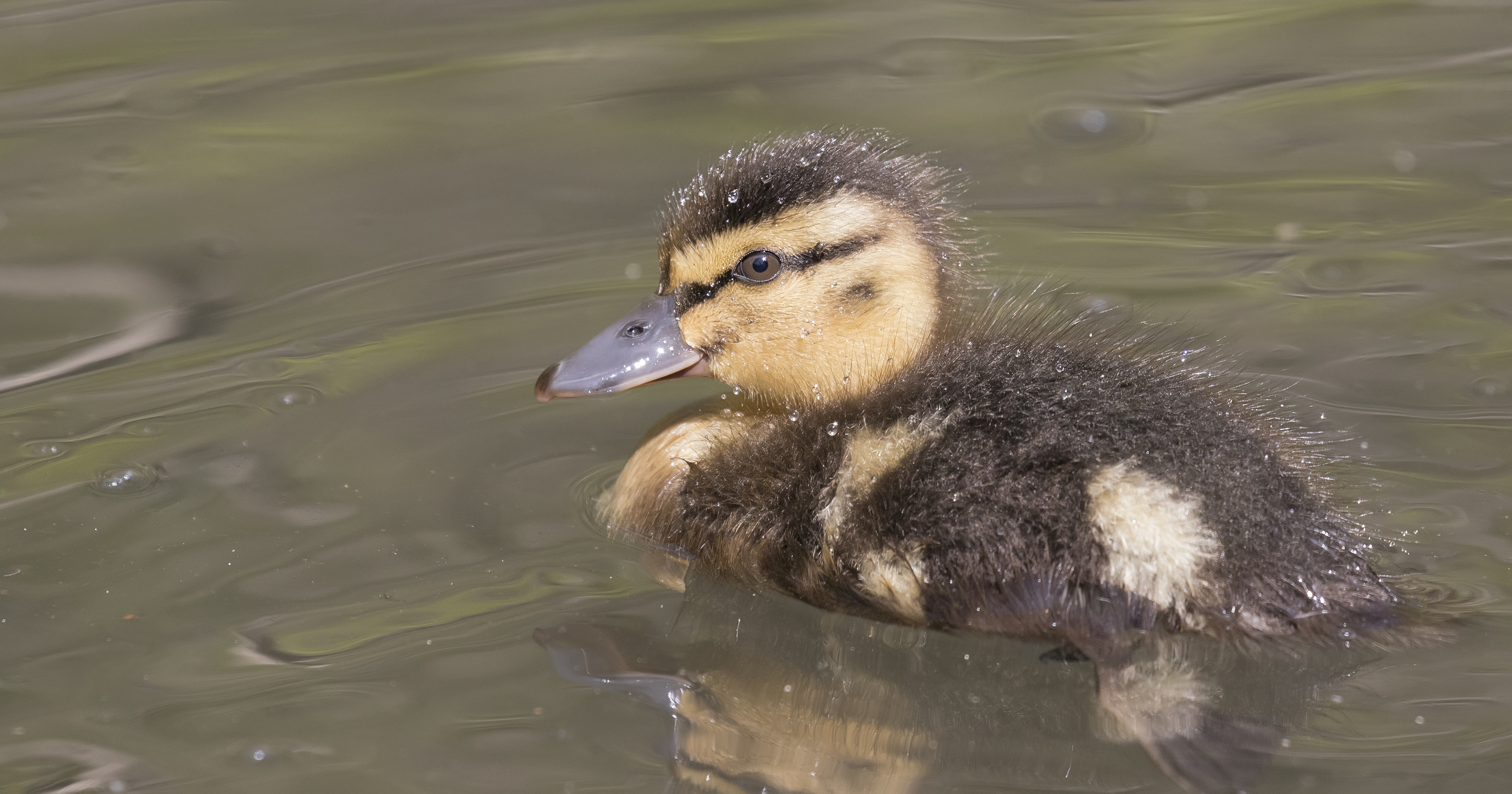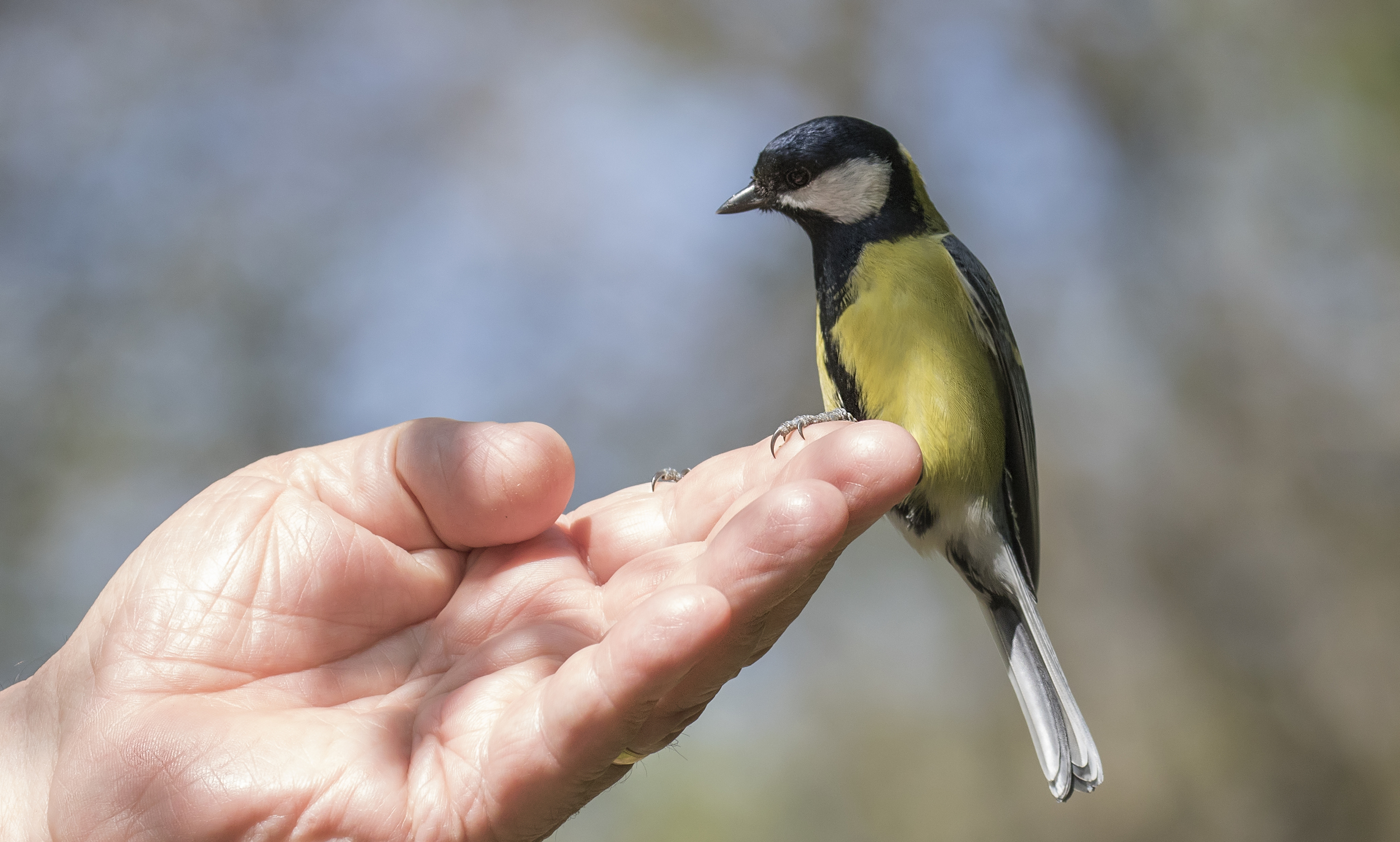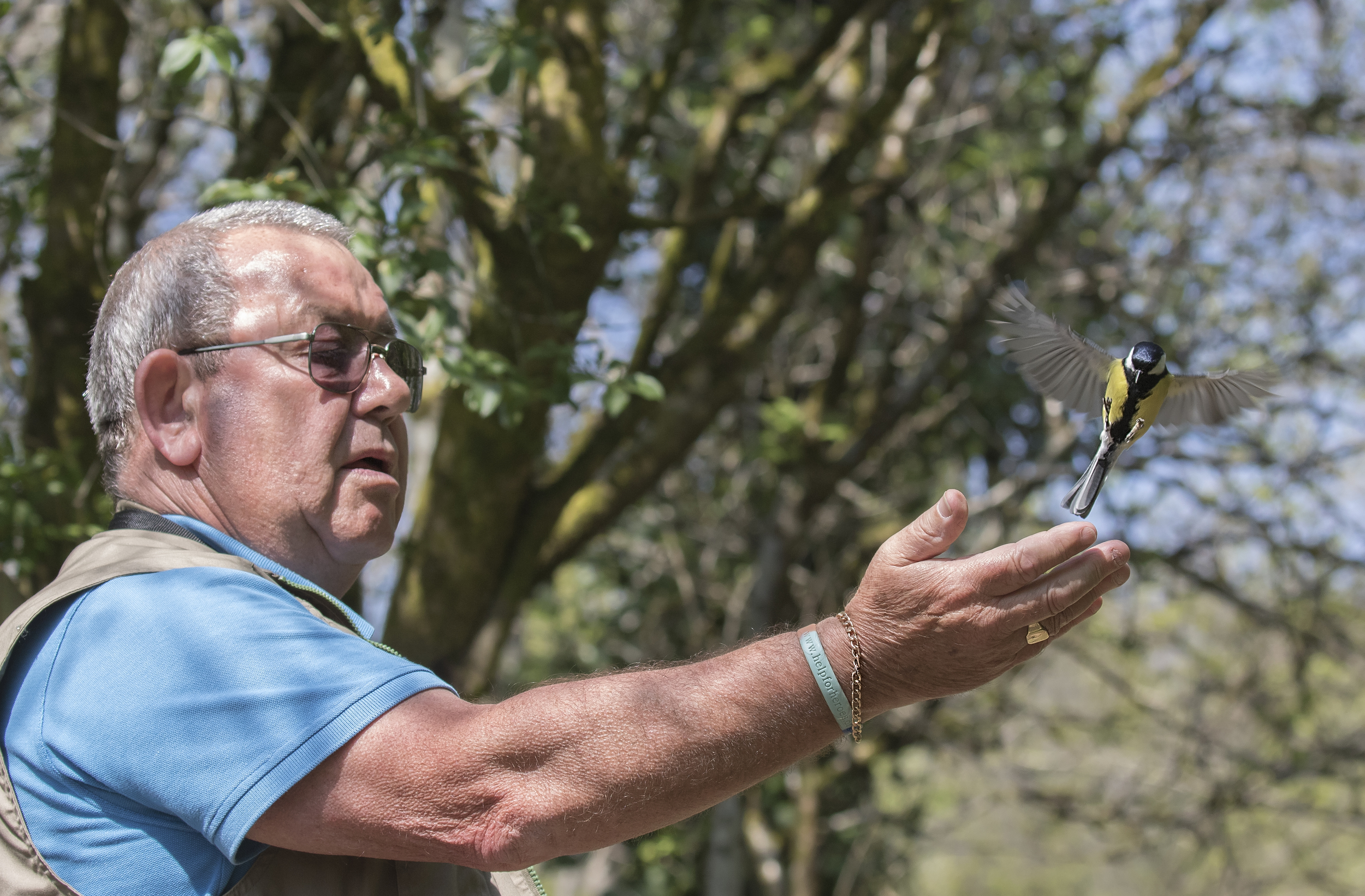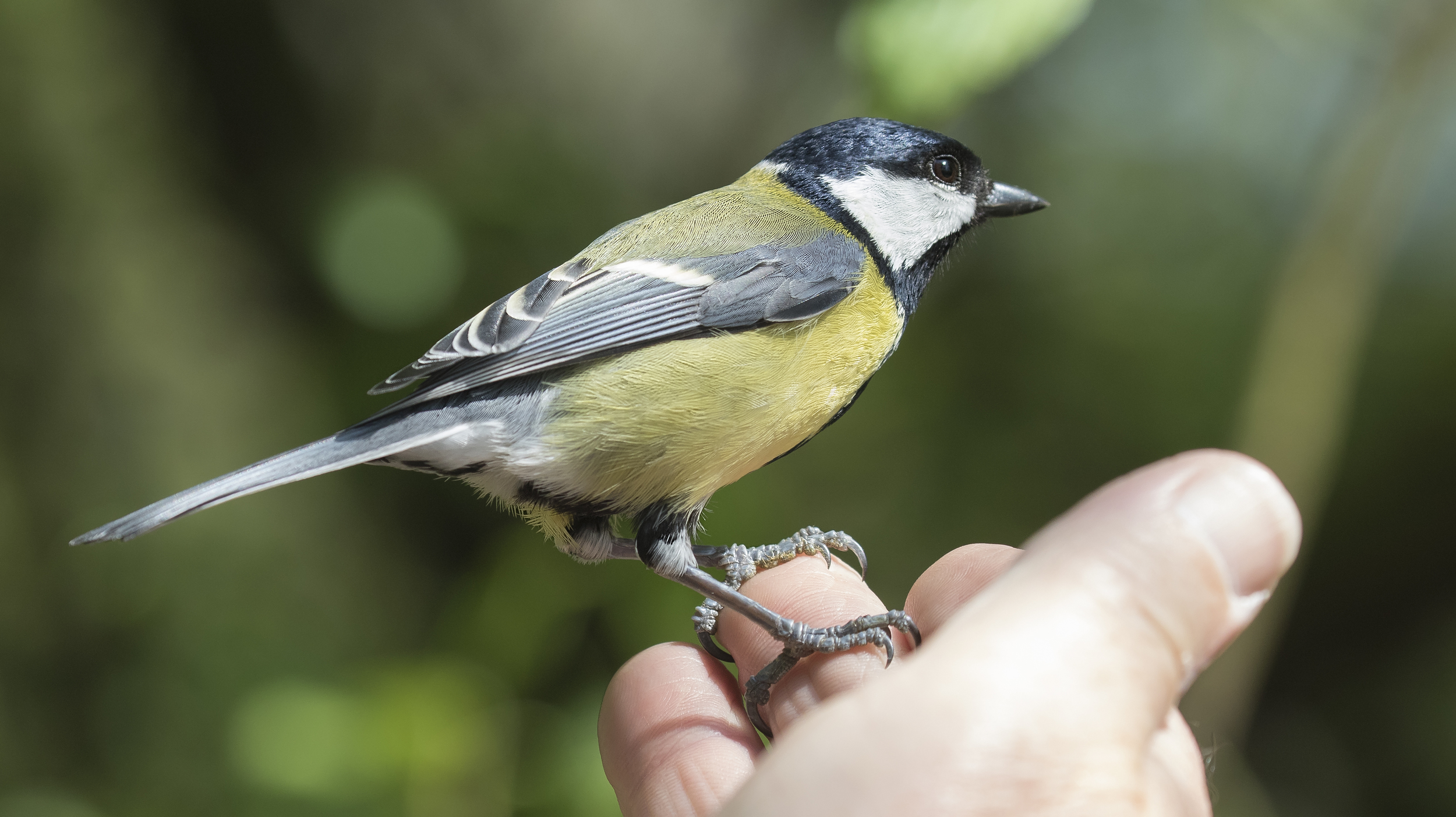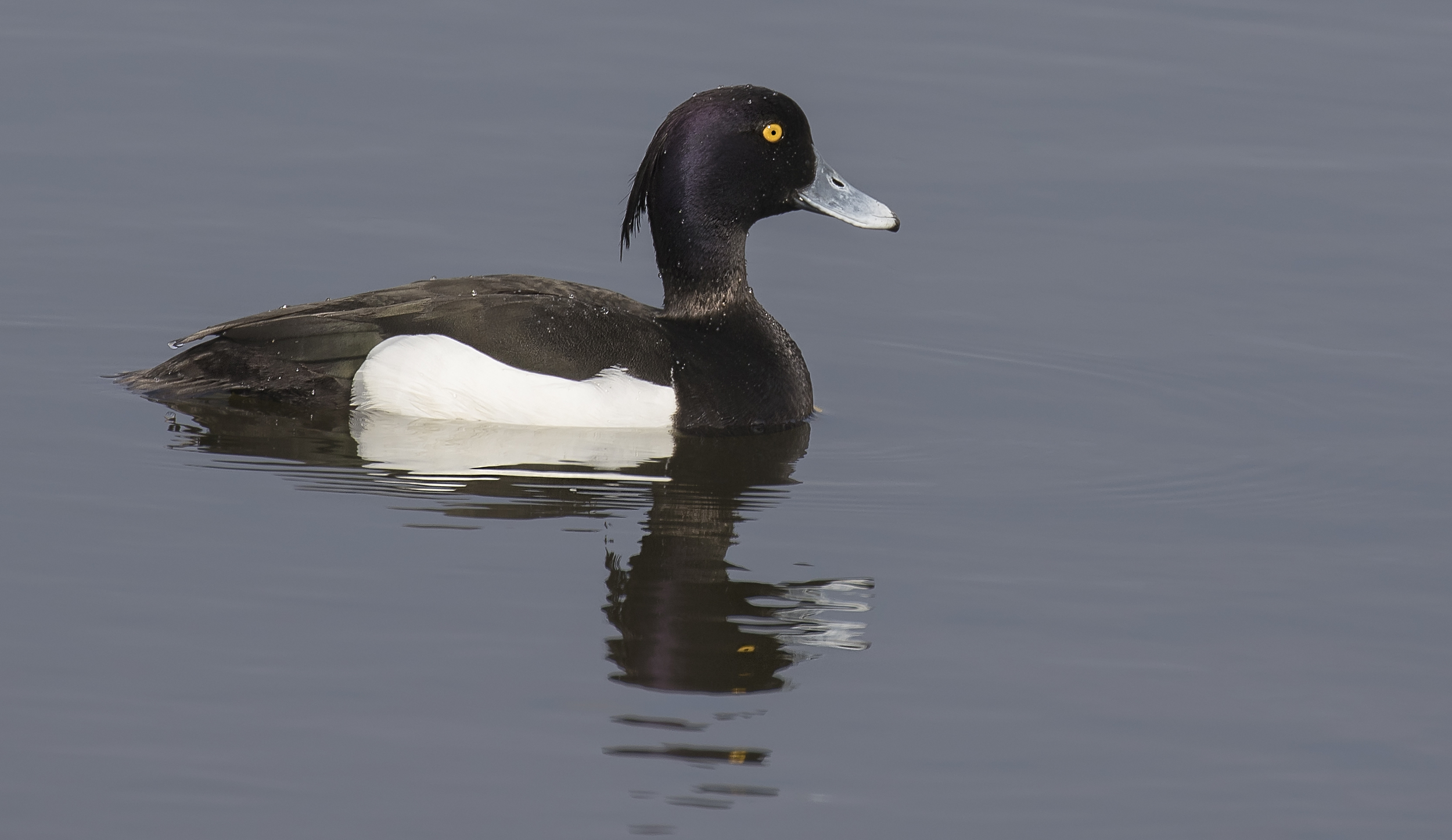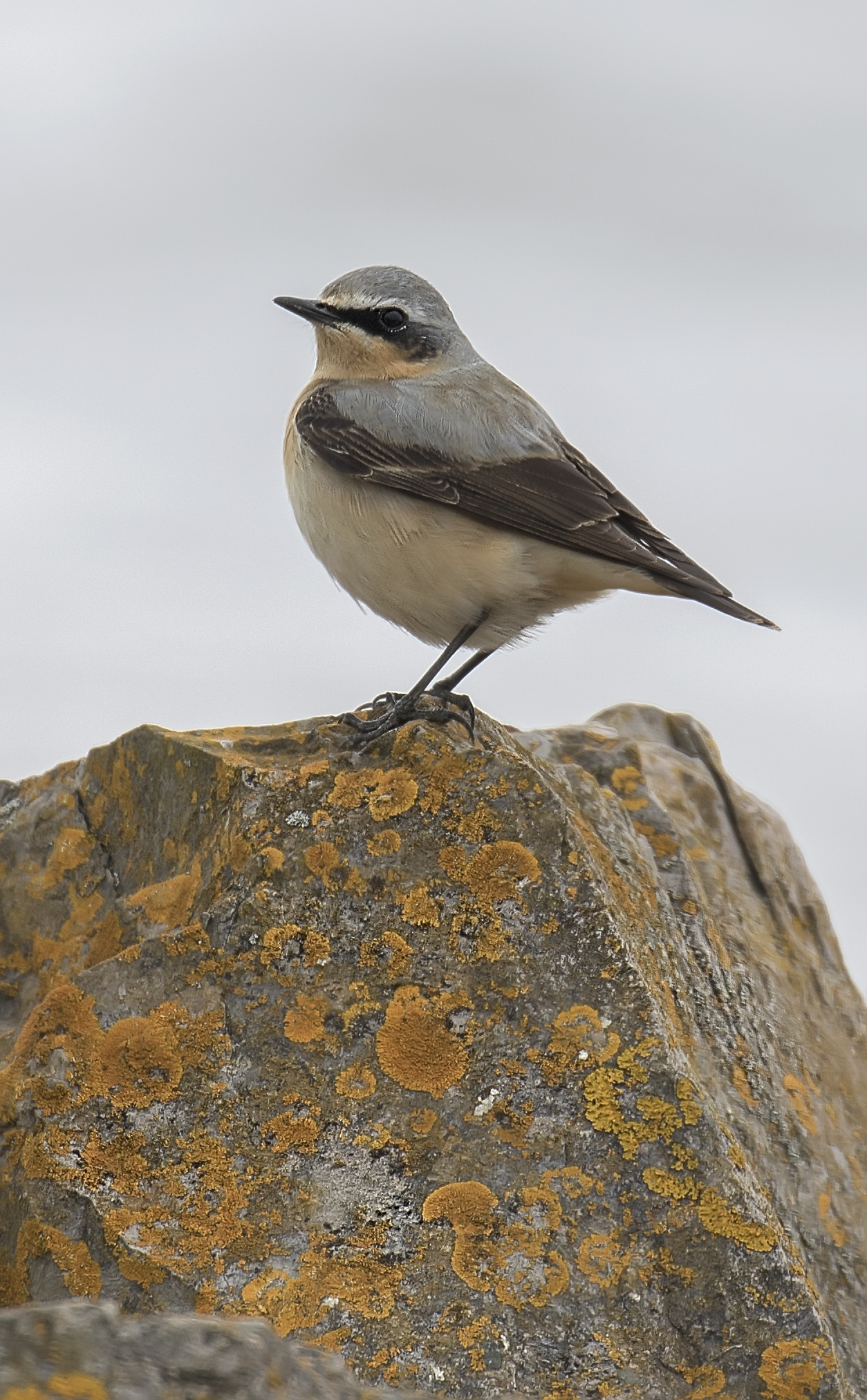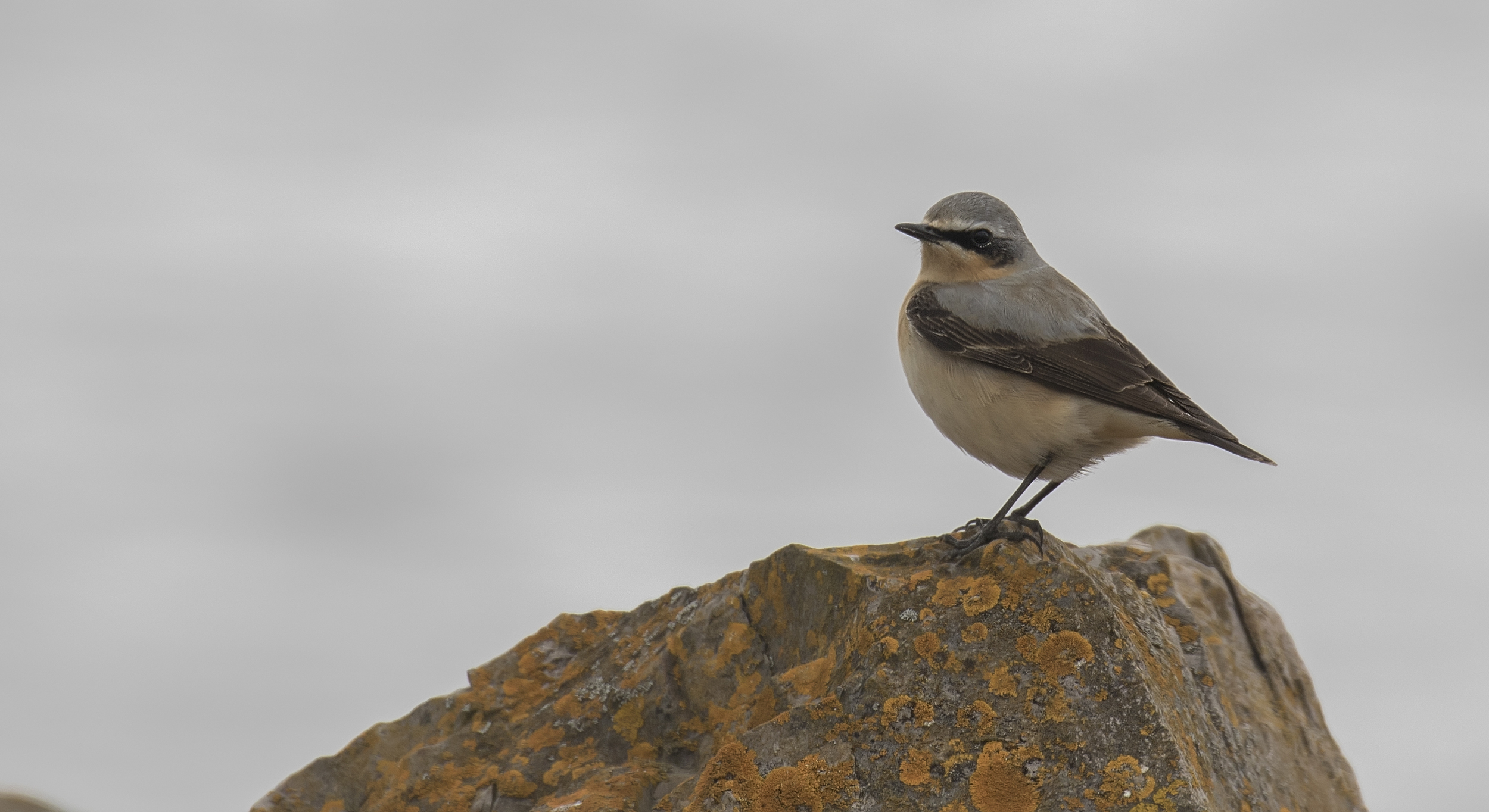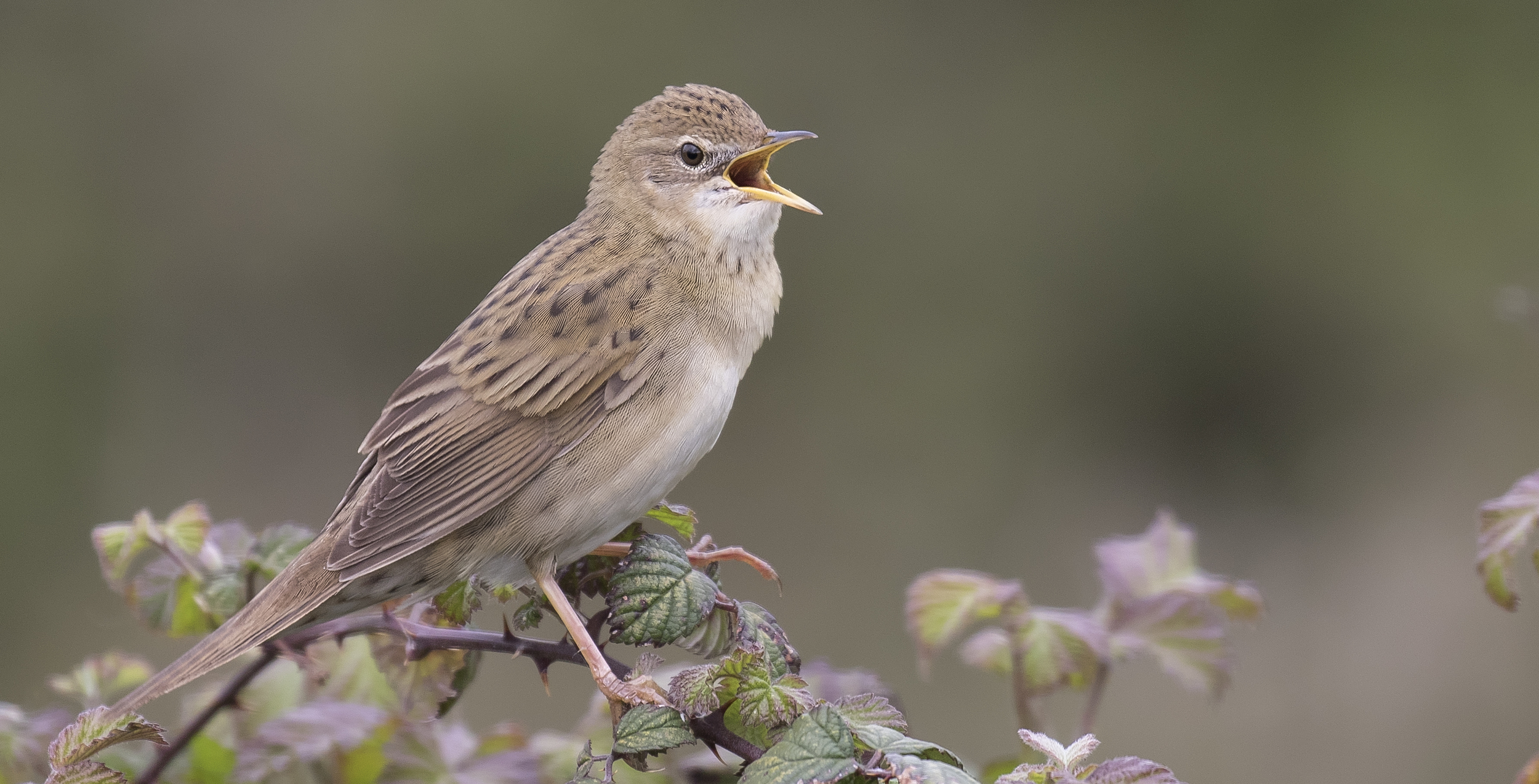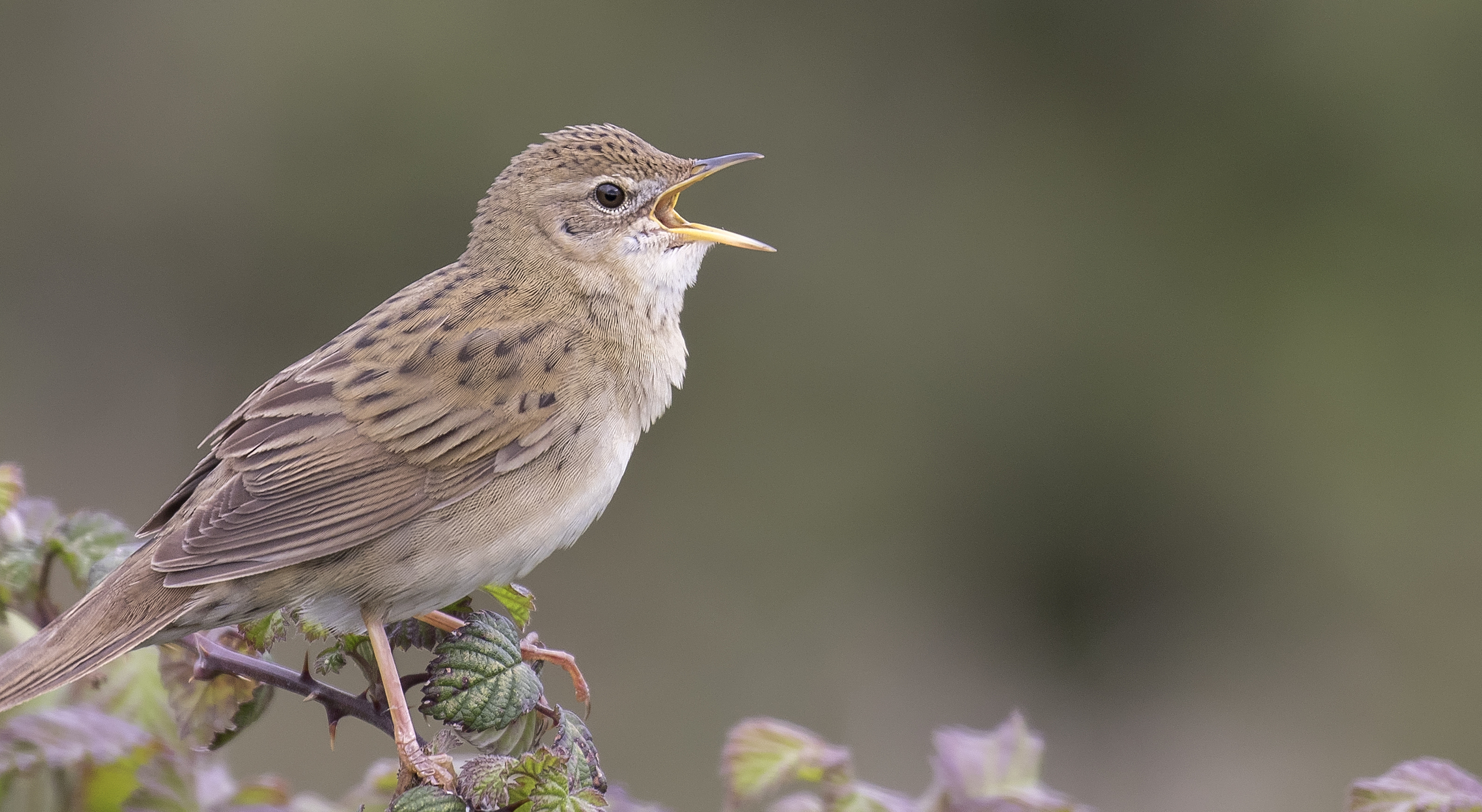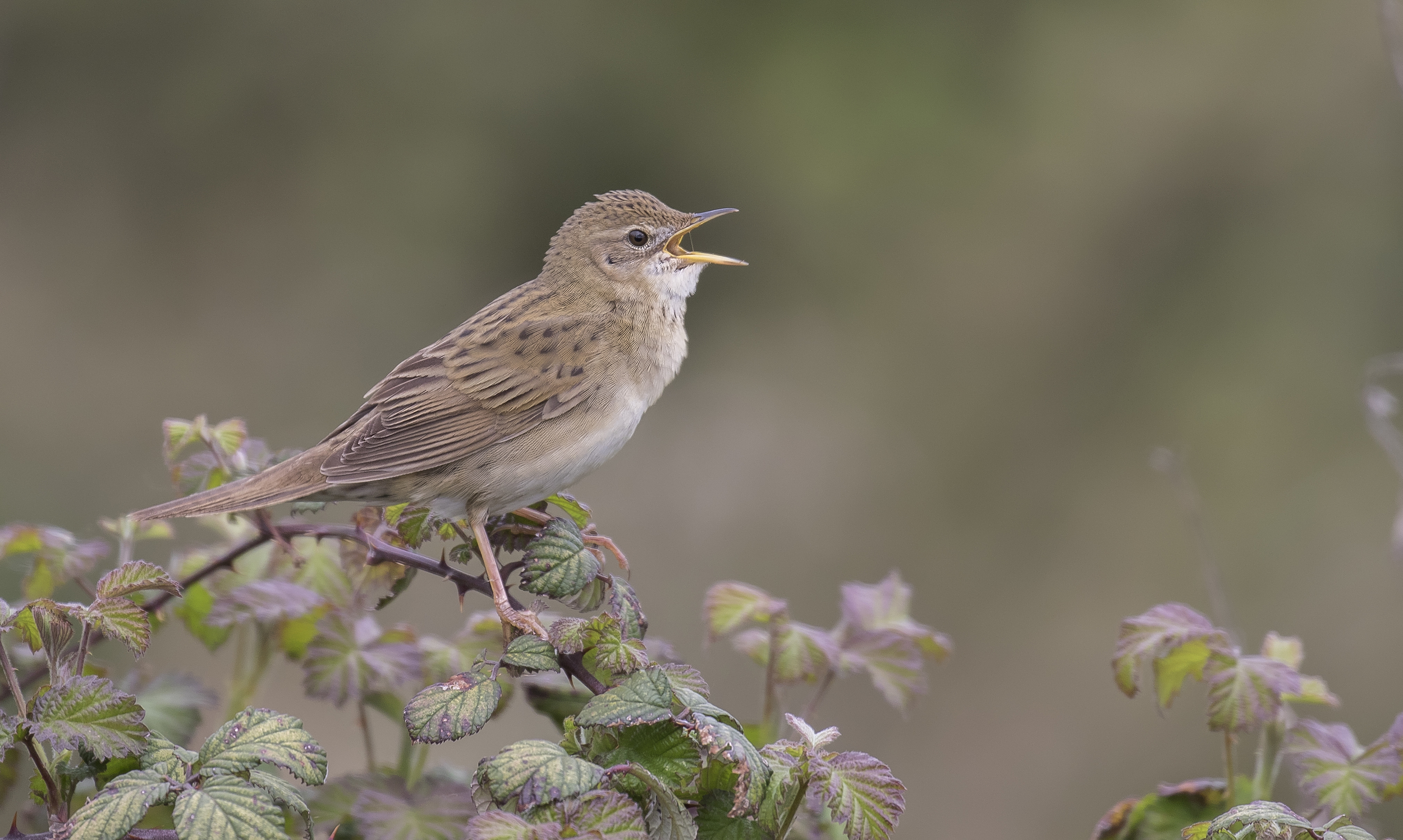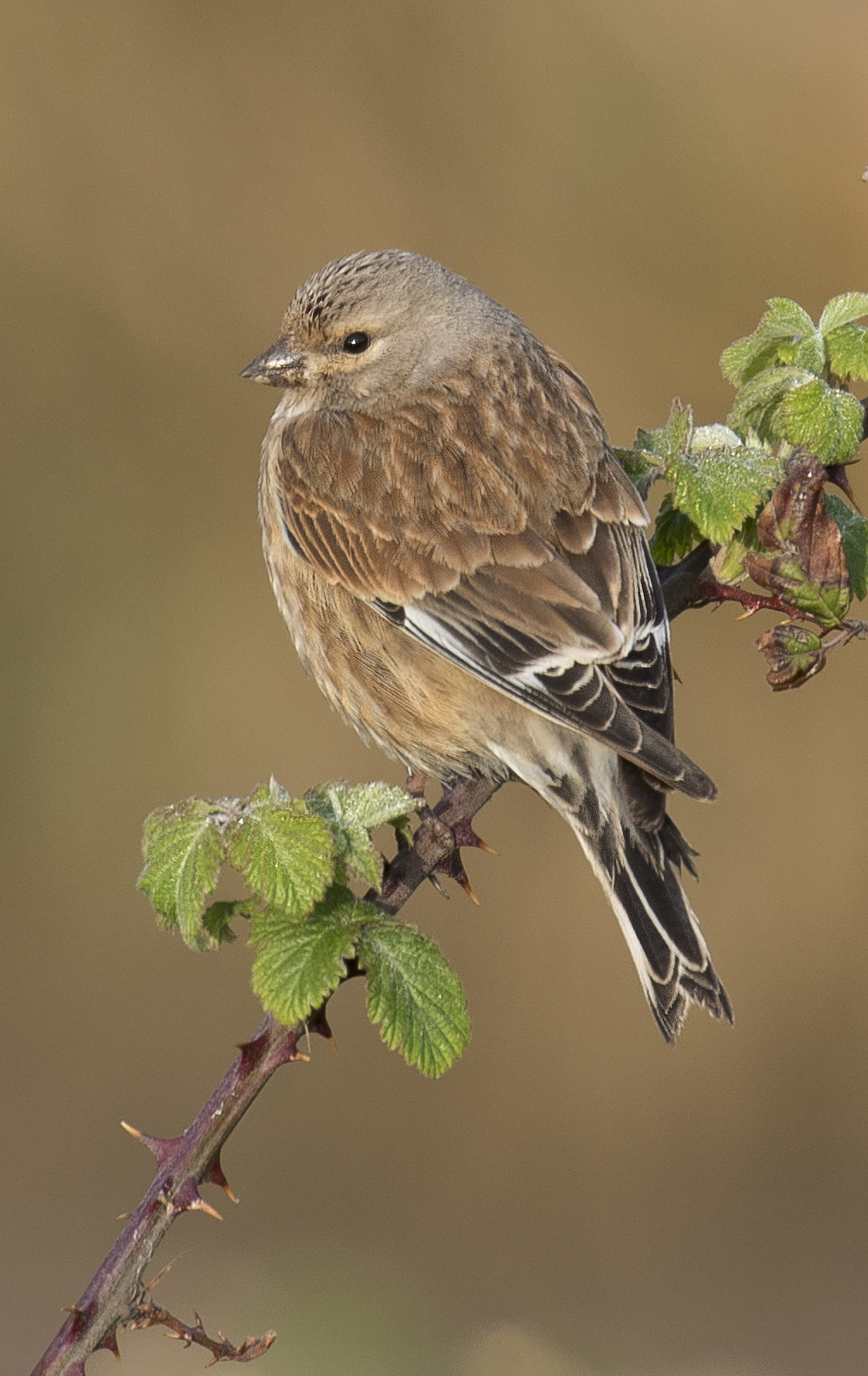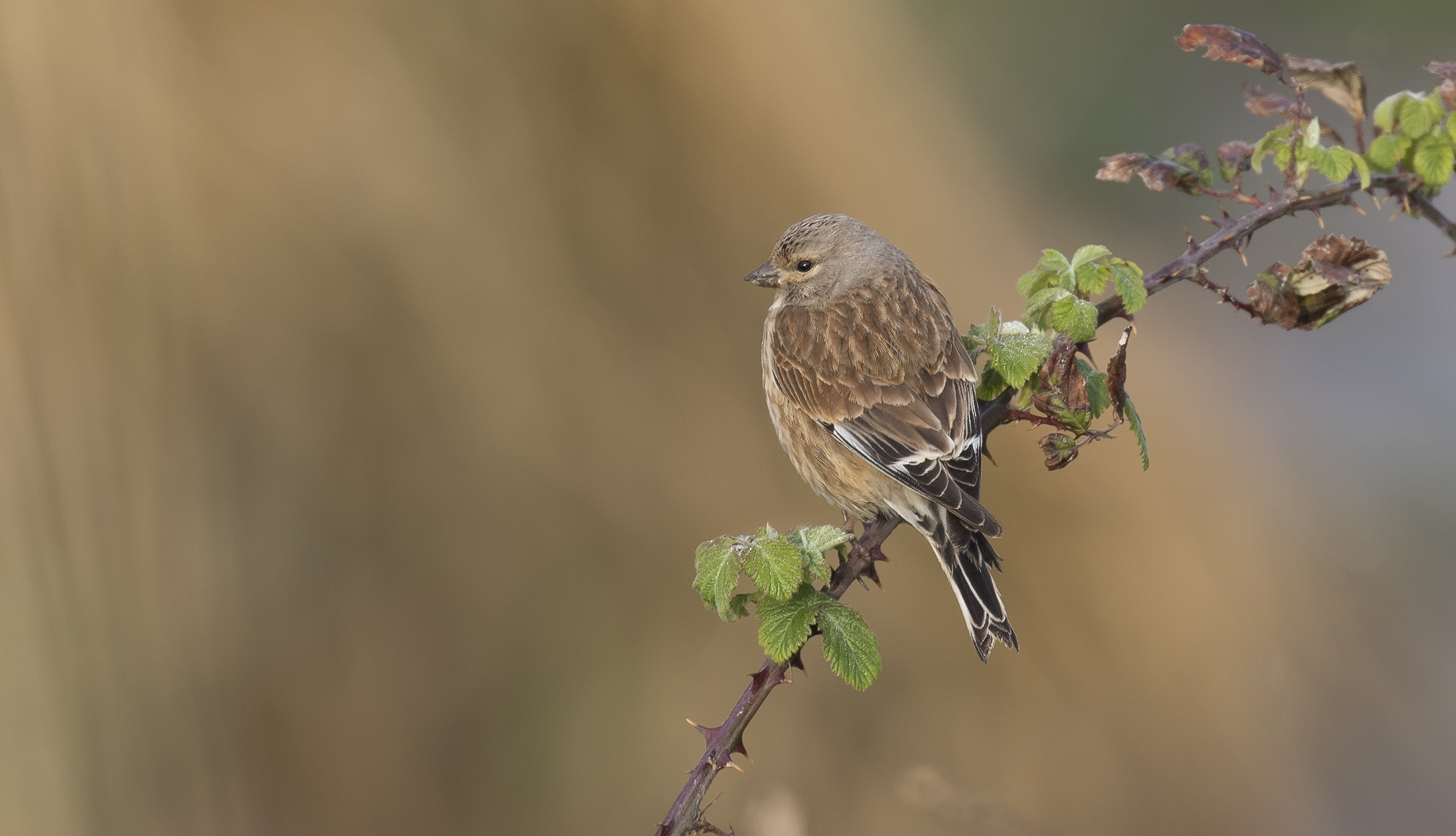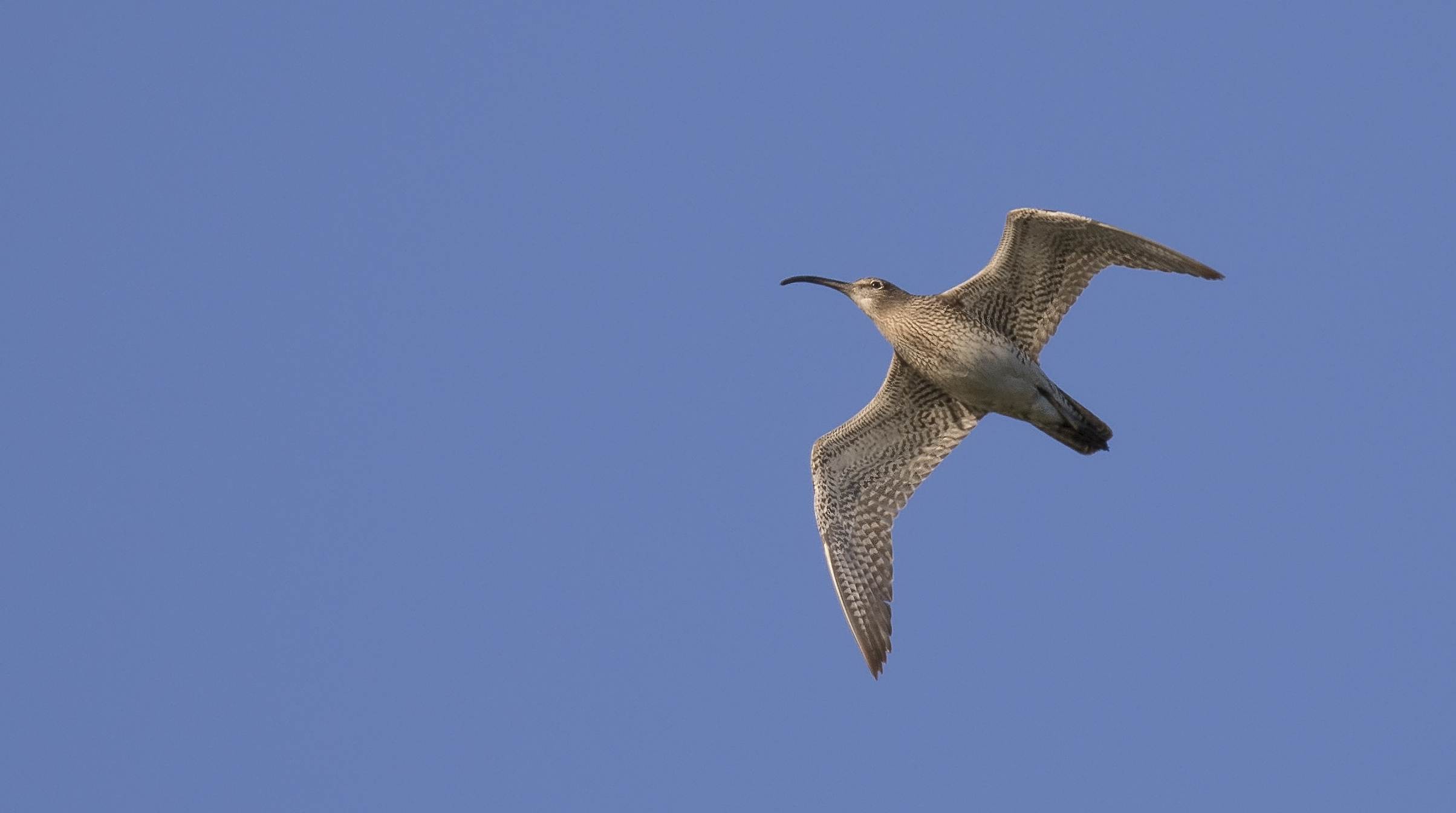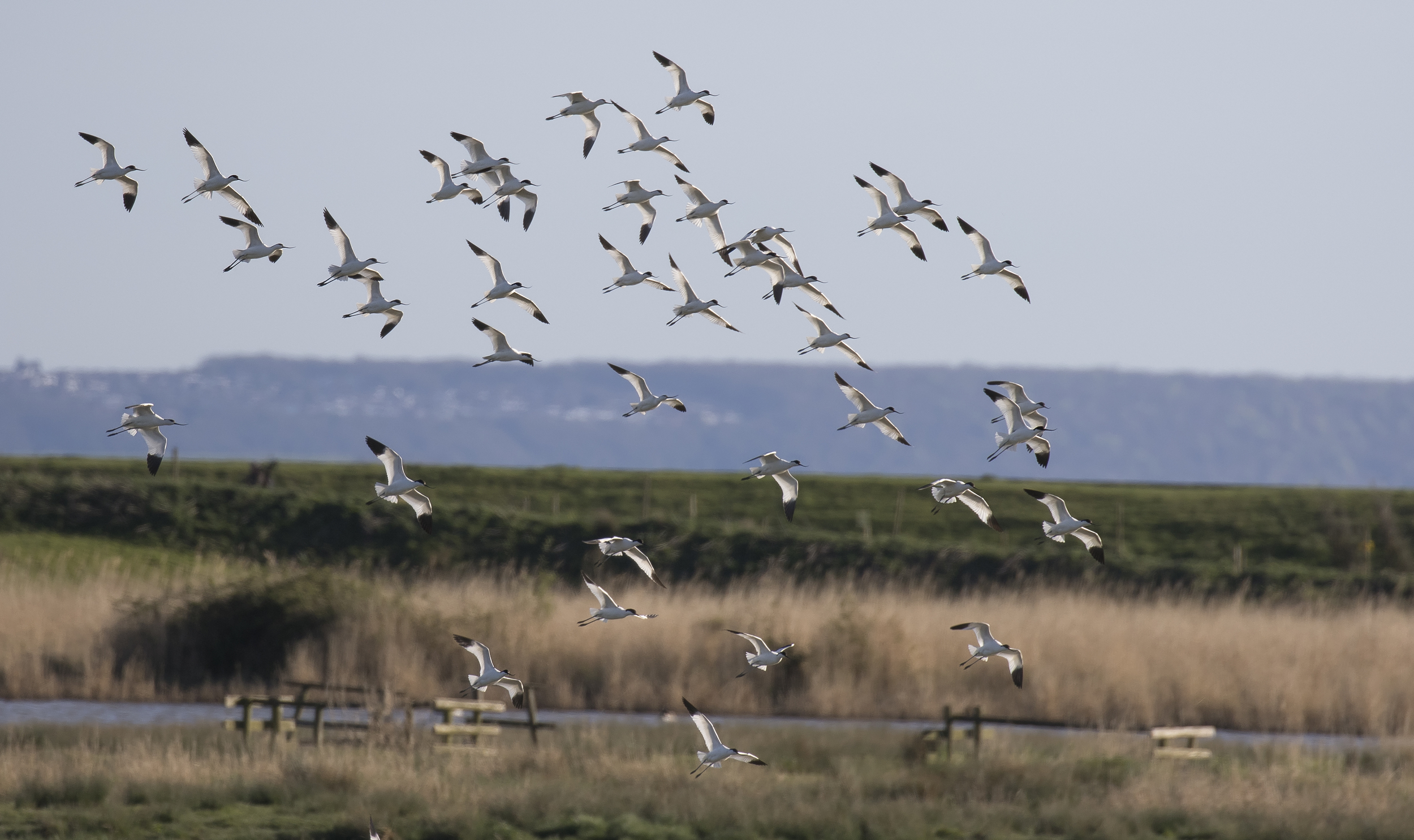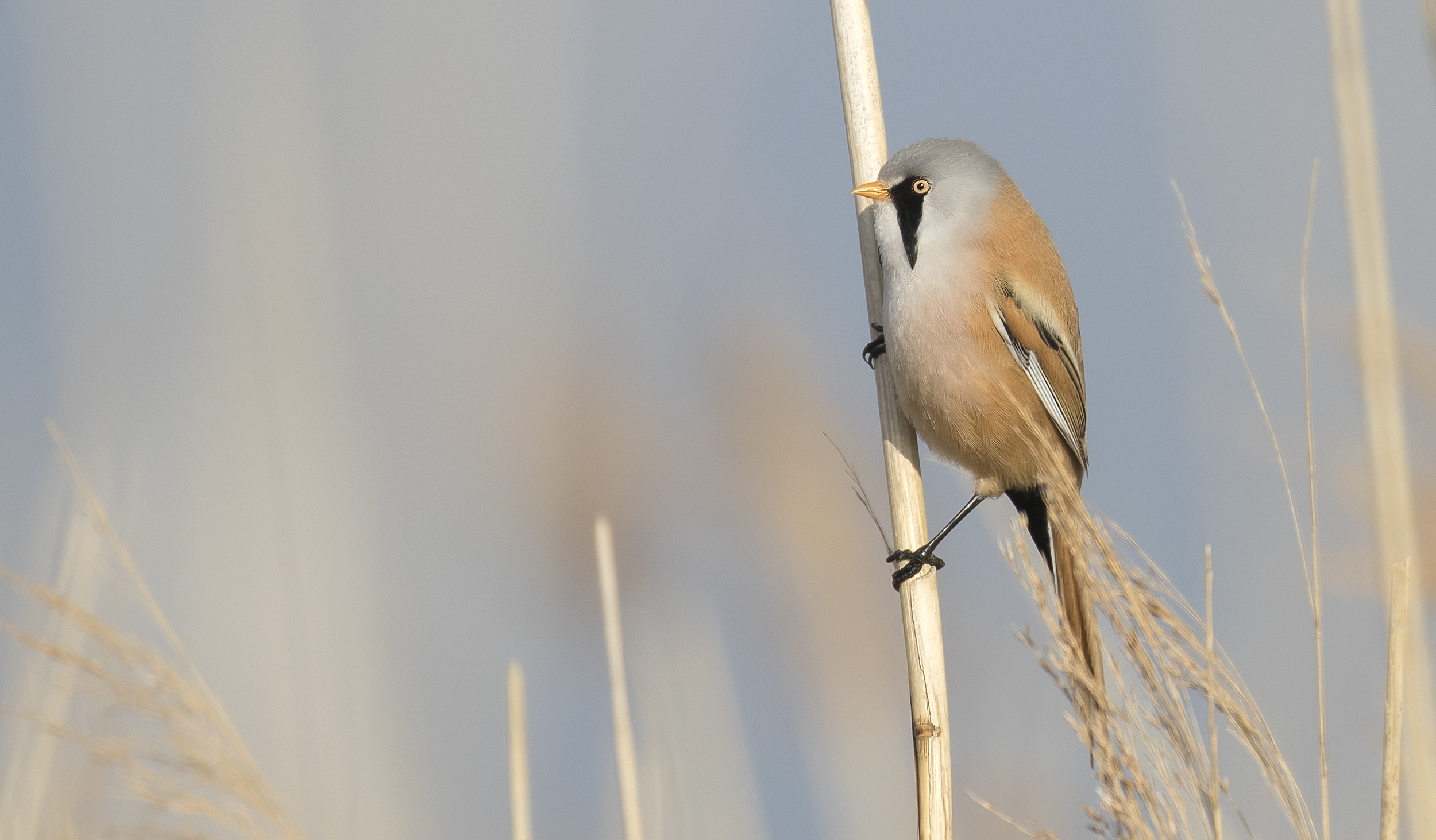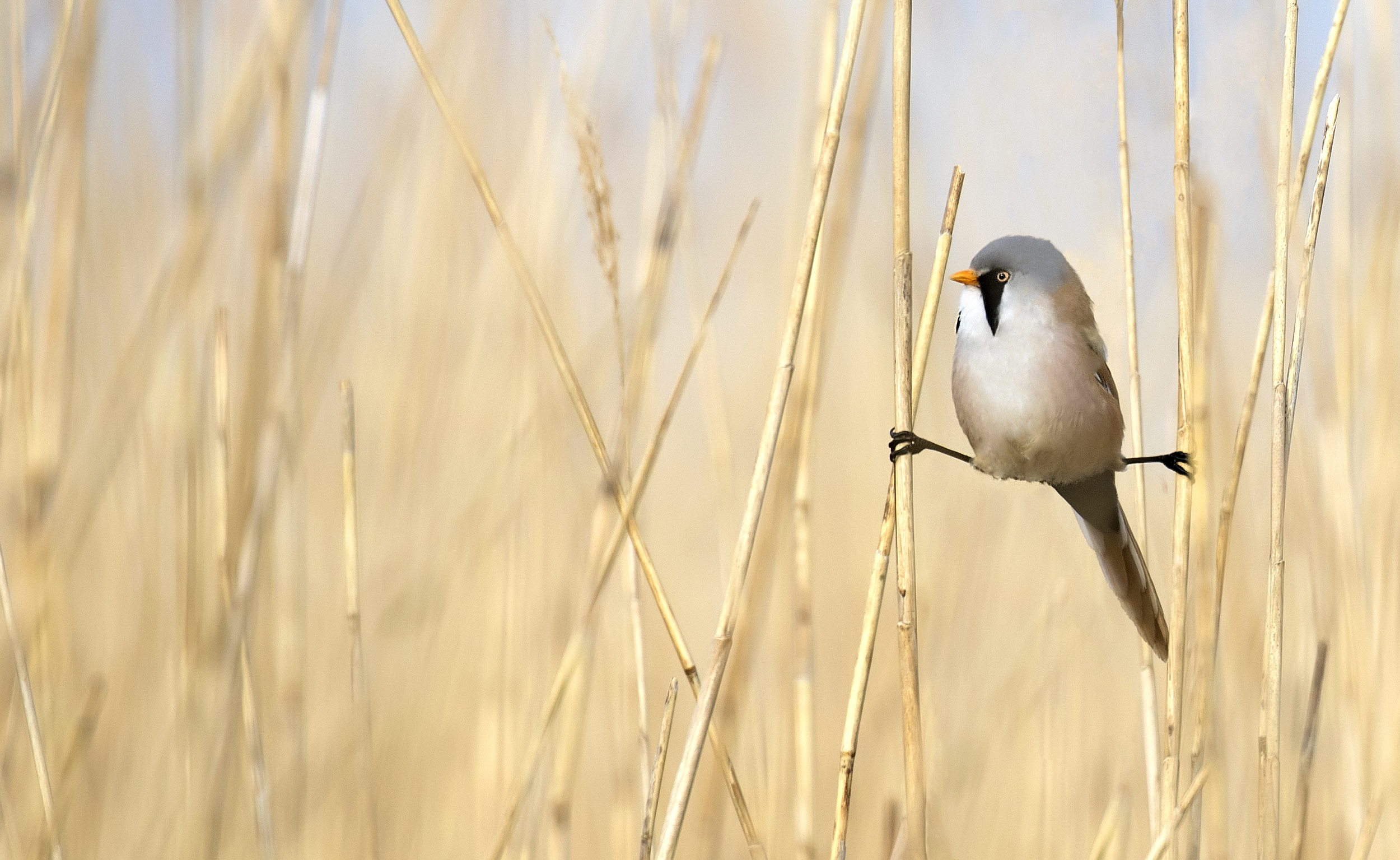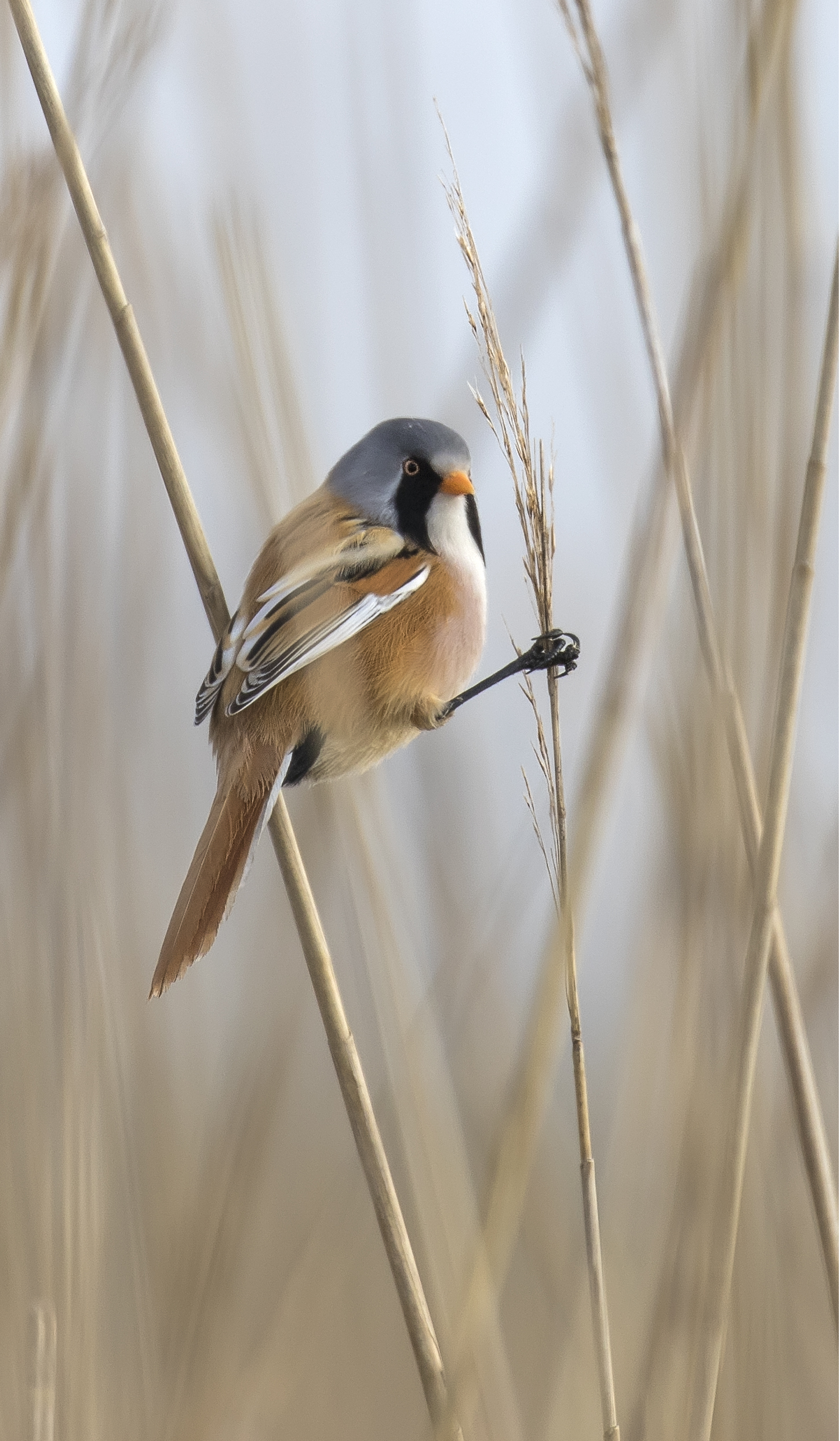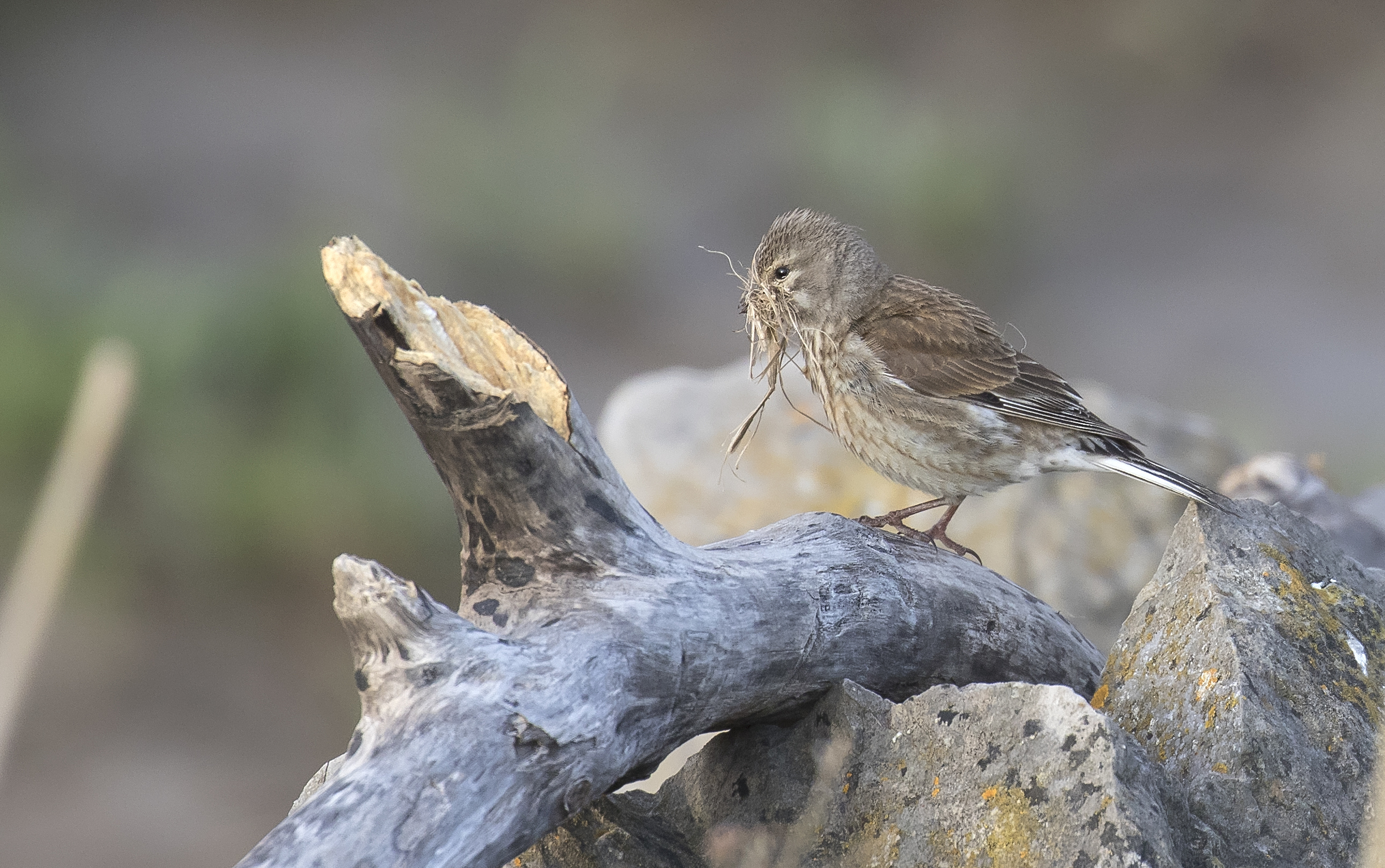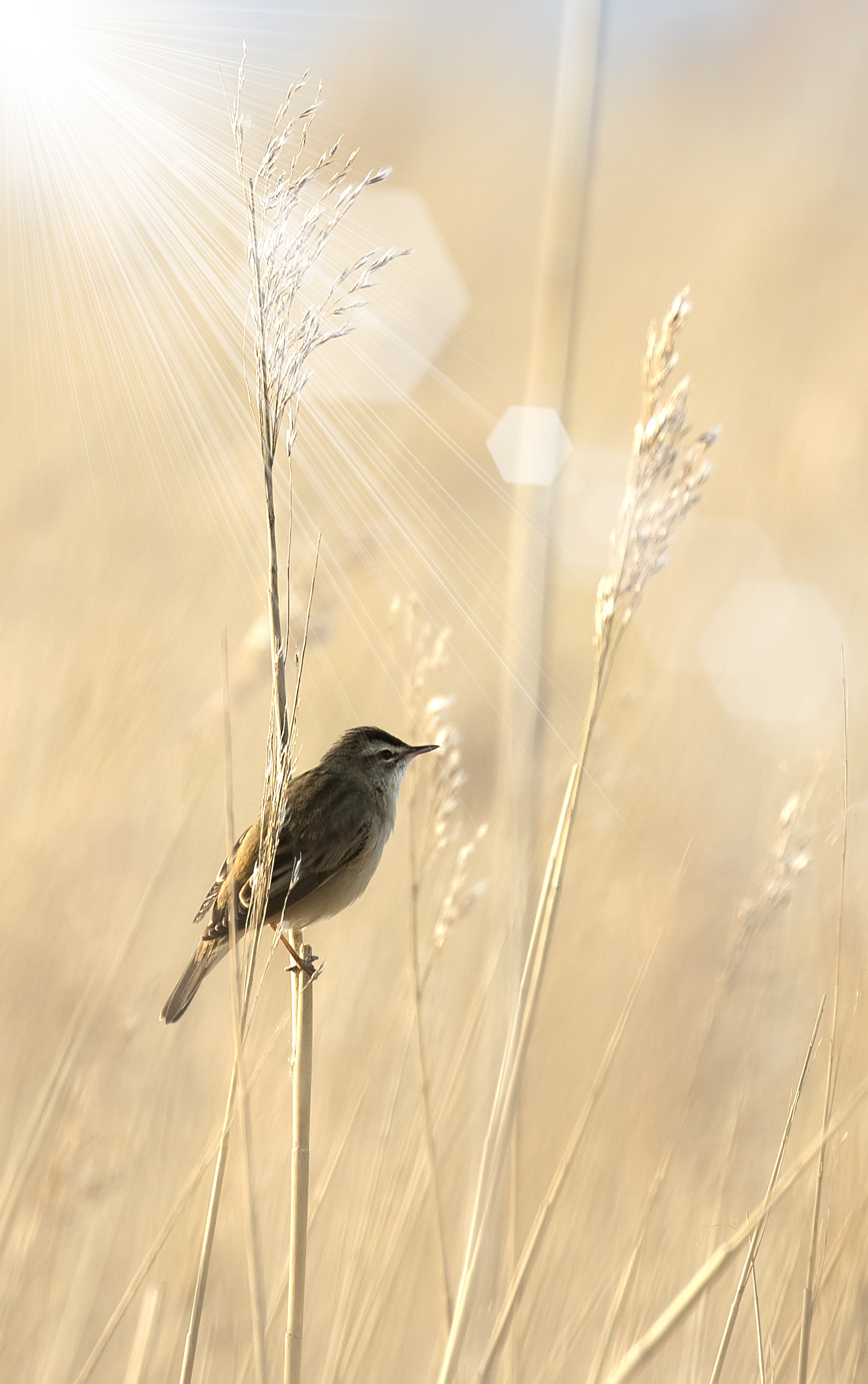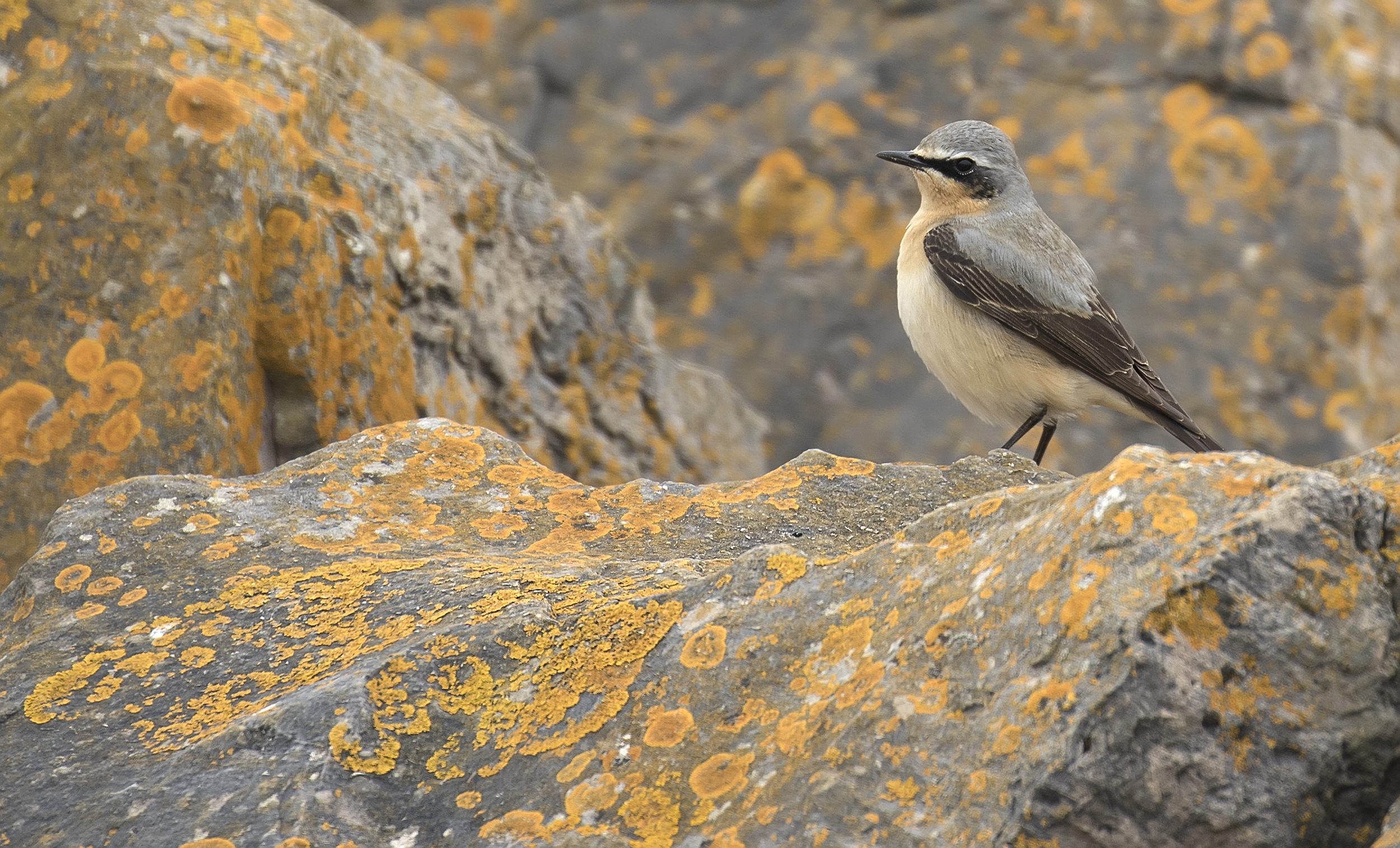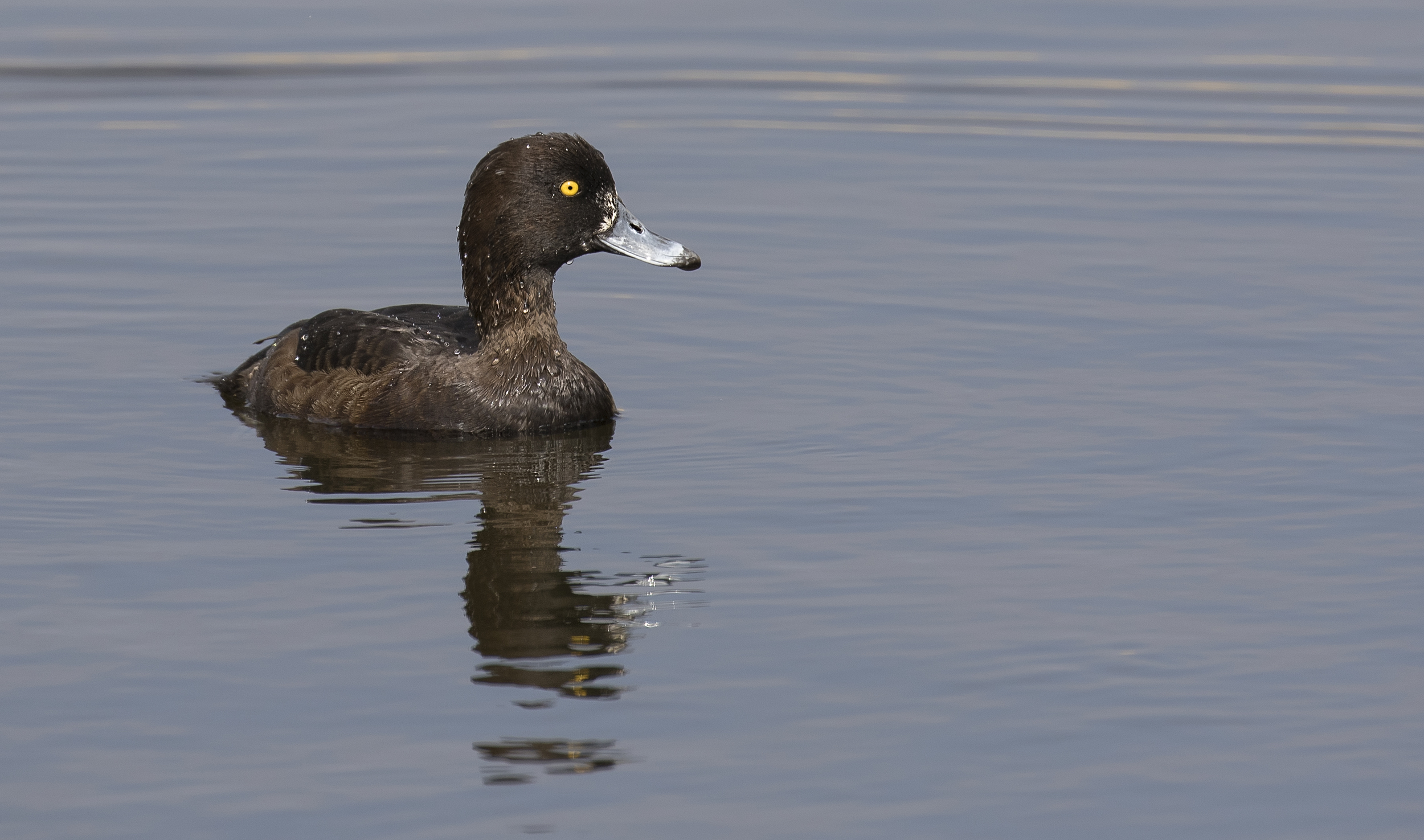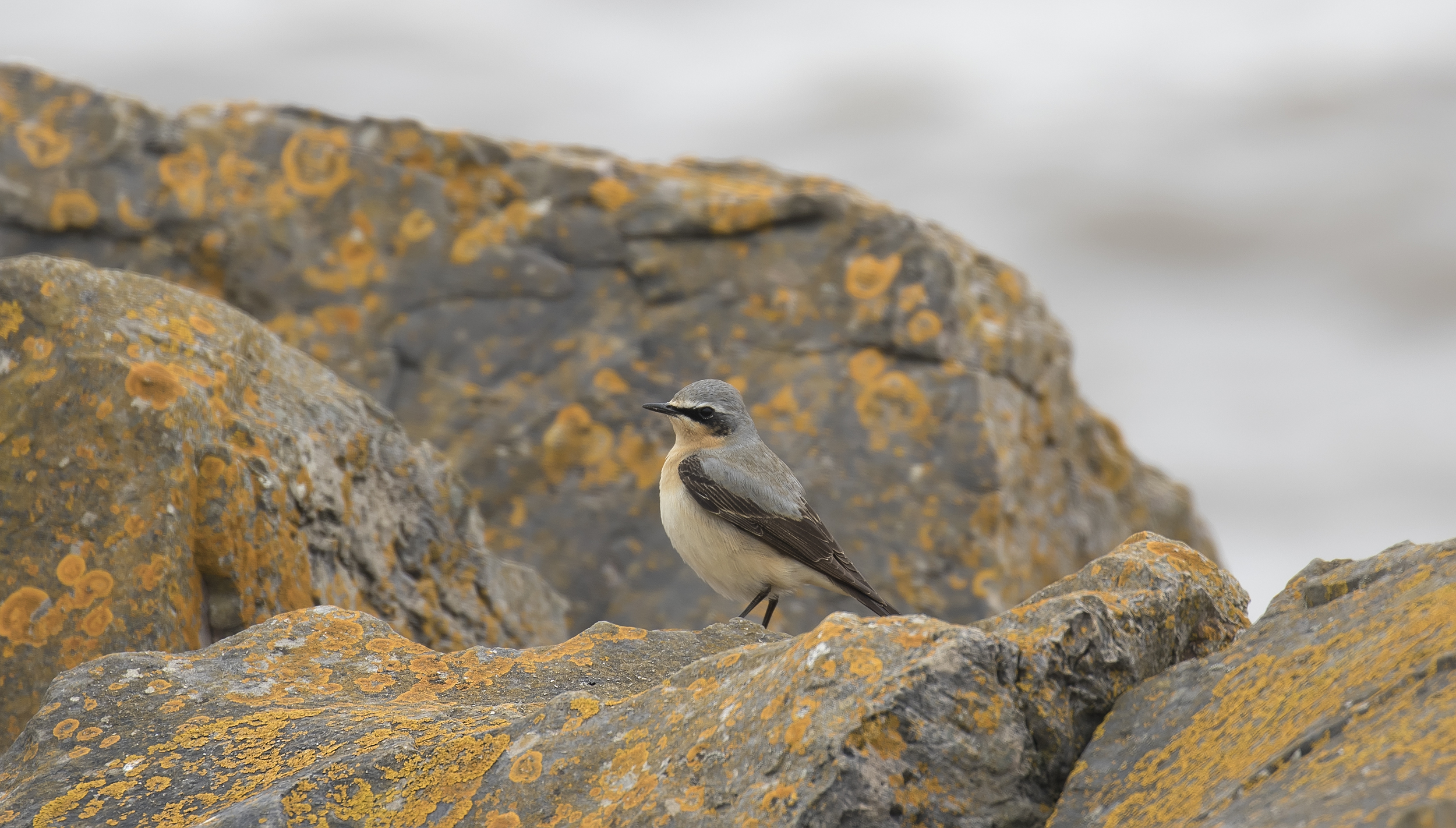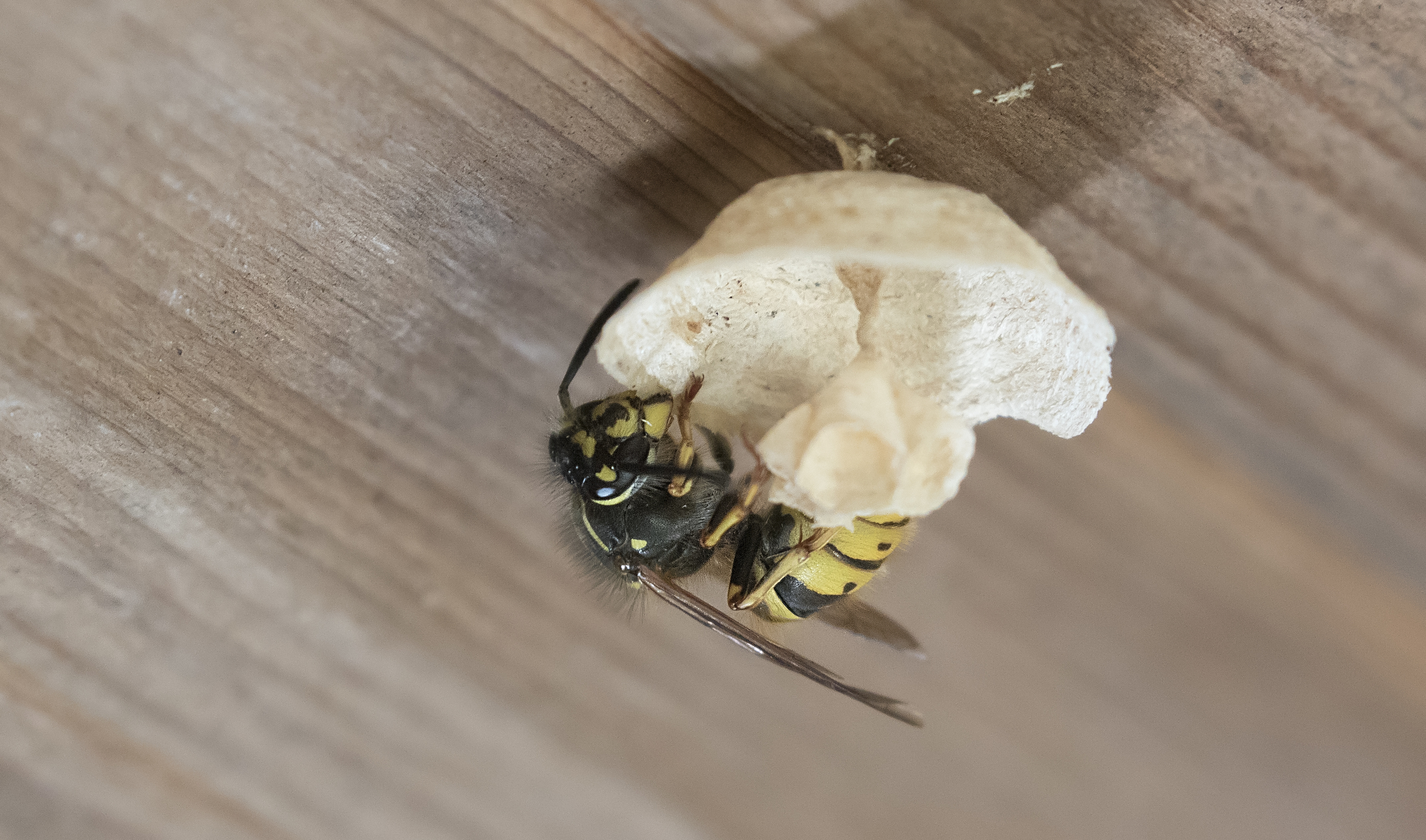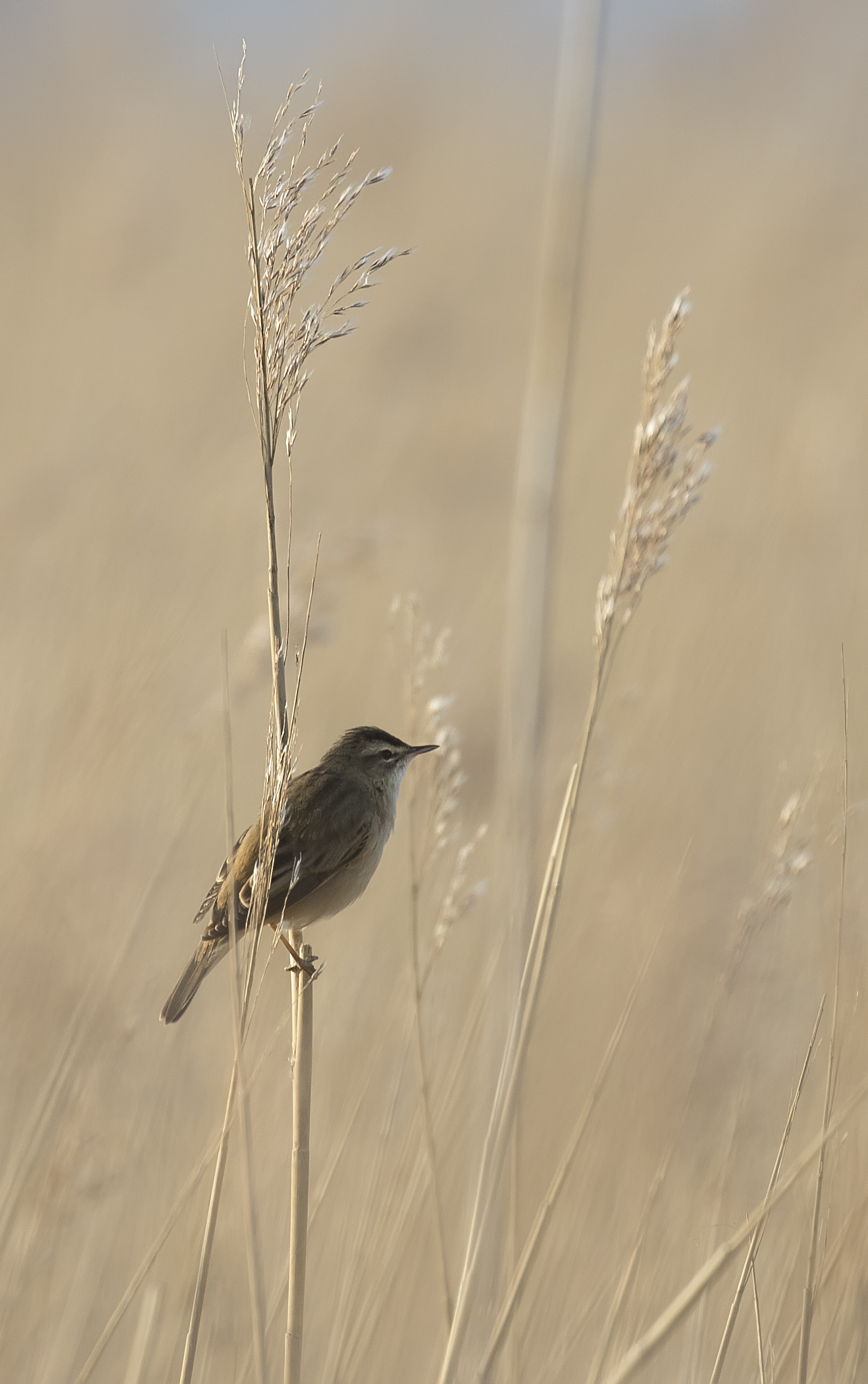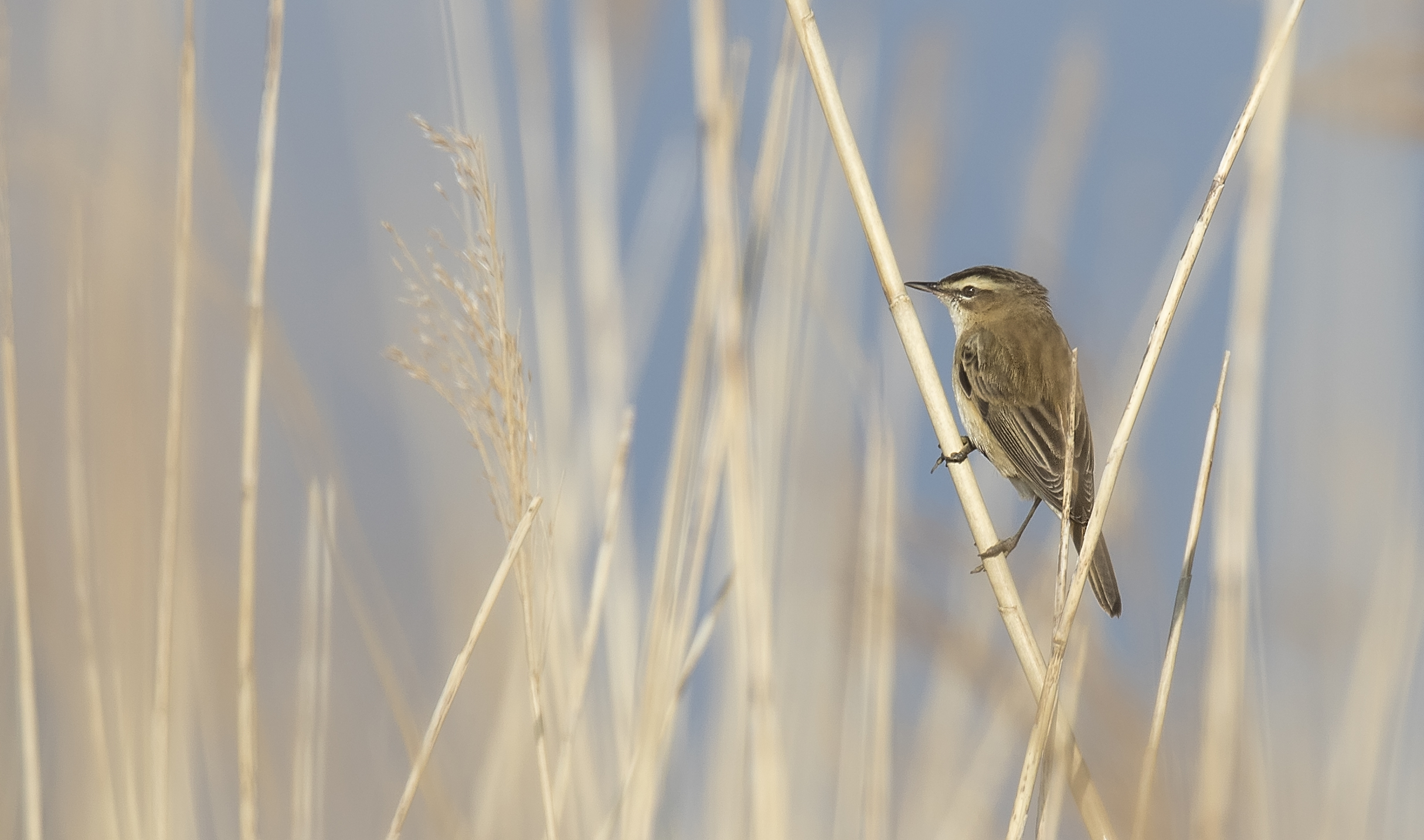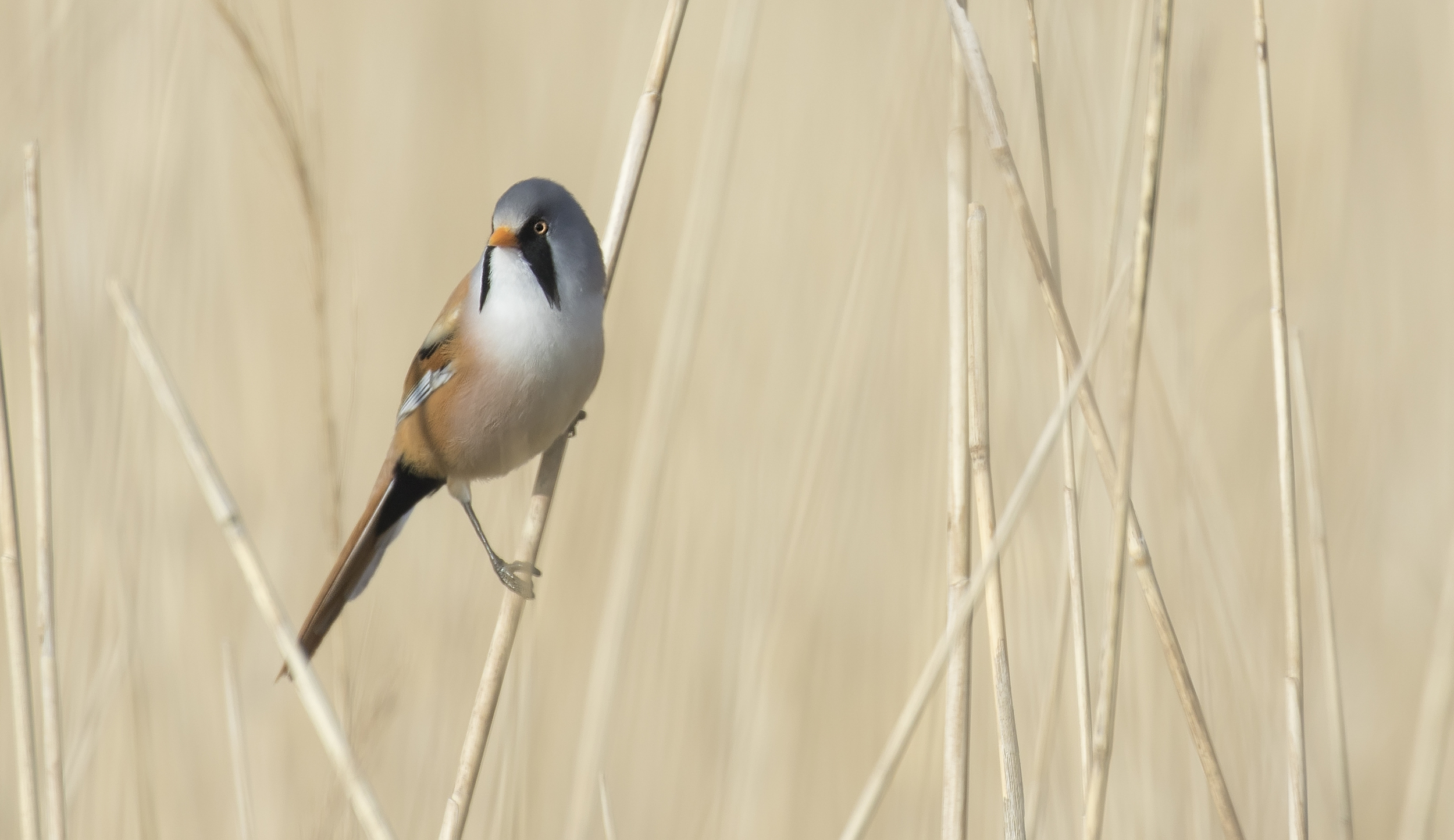Having spent more time at Newport Wetlands, Goldcliff and Magor Marsh this spring, I'm really starting to see for myself just how important our Gwent Levels actually are for nature of all sorts. It provides such a variety of specialised habitats for all sorts of mammals, birds, amphibians, reptiles and insects. What is it that makes the Gwent Levels so good for nature? Well, in short.. Water! If you take away the obvious bodies of water like that at Newport Wetlands and the smaller ponds / lagoons in Magor and Goldcliff, we would still have one of the largest networking systems of water in the country! If you look from above on google maps or in a helicopter, you'll struggle to even see the water that I'm talking about, especially during spring and summer. This is because they surround all of the fields in a historic mote fashion. They can stretch for miles and miles connecting into various water sources together and disconnection labouring farmland. This provides absolutely vital habitats for insects like Dragonflies that need naturally fresh water to reproduce and survive while giving a home to our protected Watervoles. This vast connection of water without the sacrifice of solid land and fertile fields creates and forms the majority of our gwent levels and that alone provides a balance that suits both our coastal birds AND our inland species like Starlings throughout the winter. To add to that, we have miles of Reed Bed in various shapes and forms which needs to be protected because literally every inch of a reed bed matters! The more reeds, the more diversity and the more space for breeding birds like Reed Warblers, Sedge Warblers, Grasshopper Warblers, Bearded Tits, Marsh Harriers, Bitterns, Little Egrets, Great White Egrets ect ect. I was also surprised by the amount of breeding avocets at Goldcliff! I had no idea that we had such a stronghold of Avocets! If you haven't seen them, check out my photo below or go and see them for yourself at Goldcliff. They are well protected with an electric fence around the lagoons but there are also plenty of hides to appreciate them.









